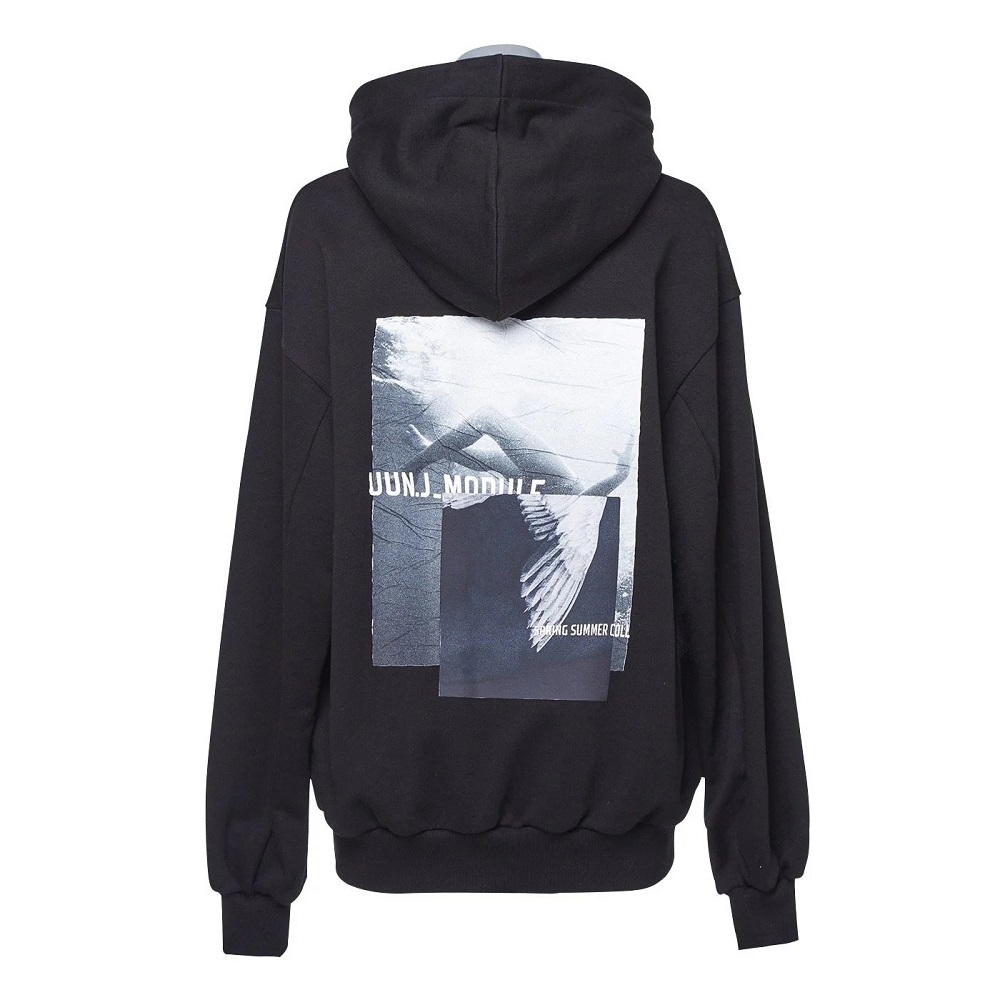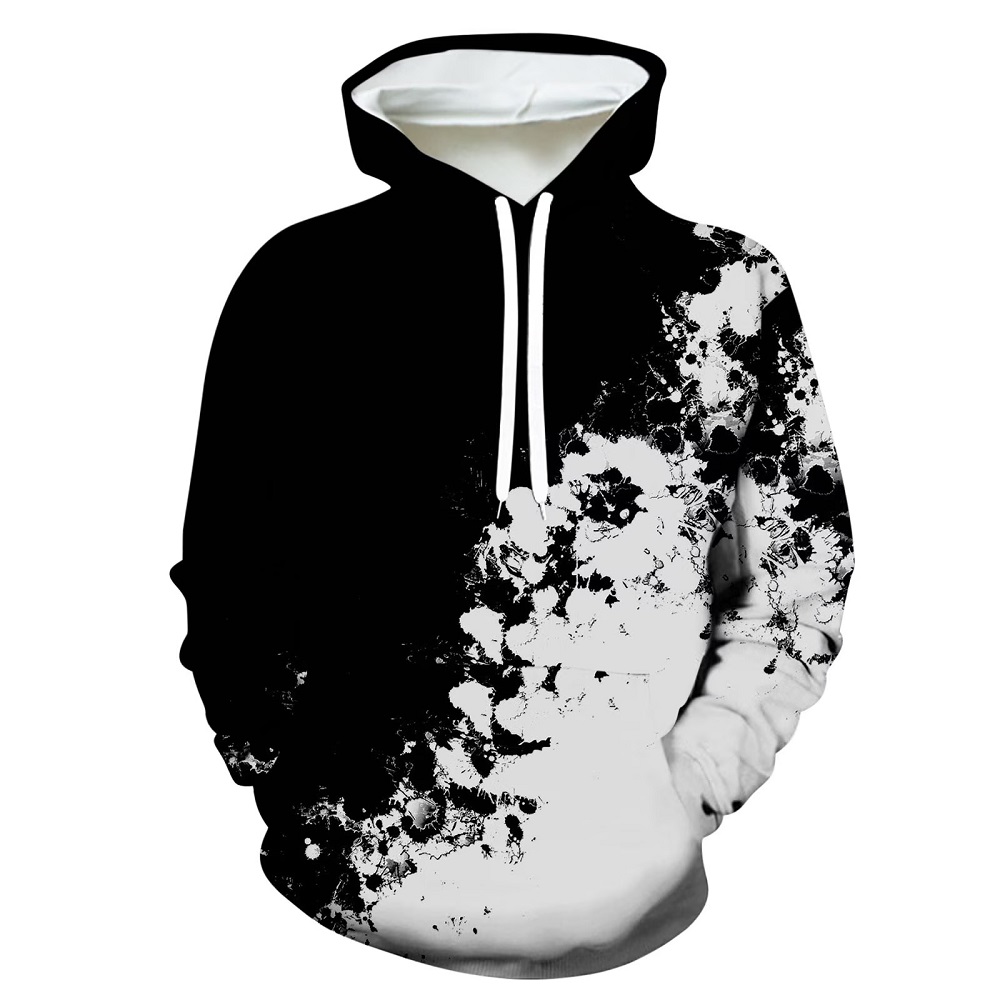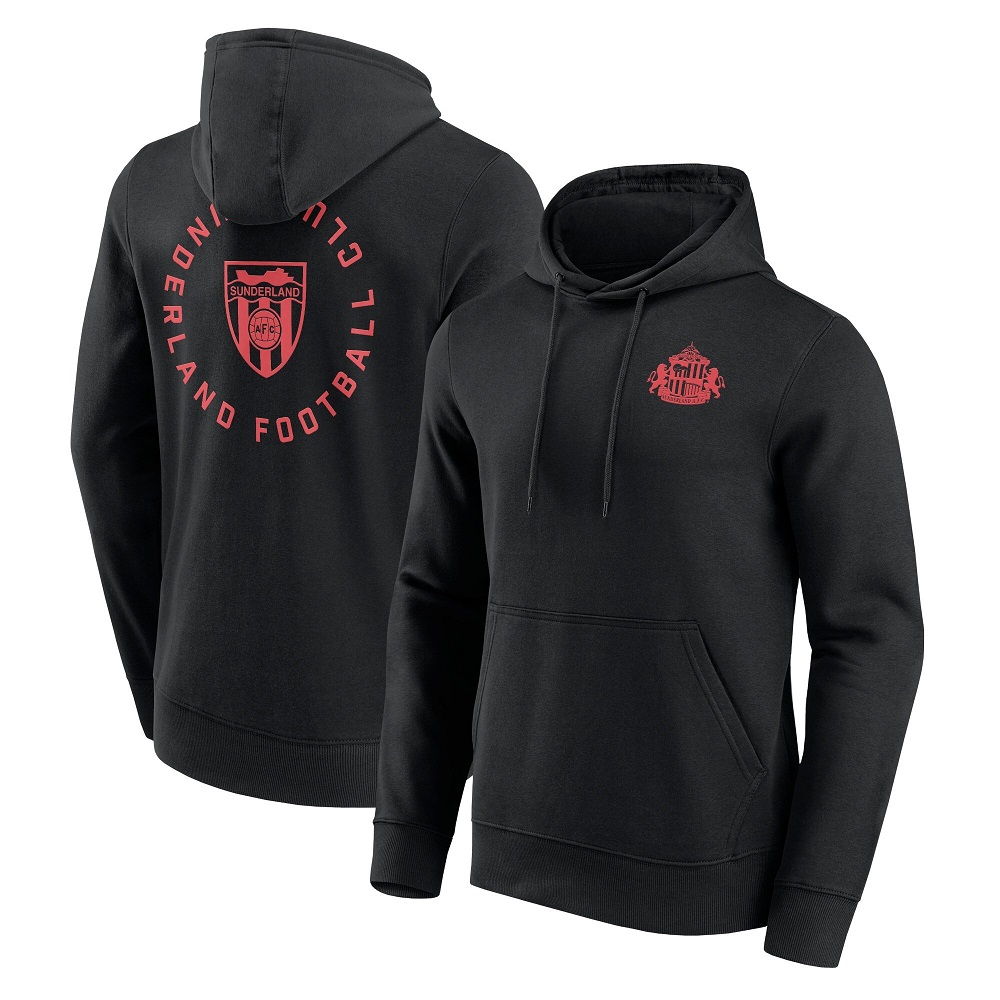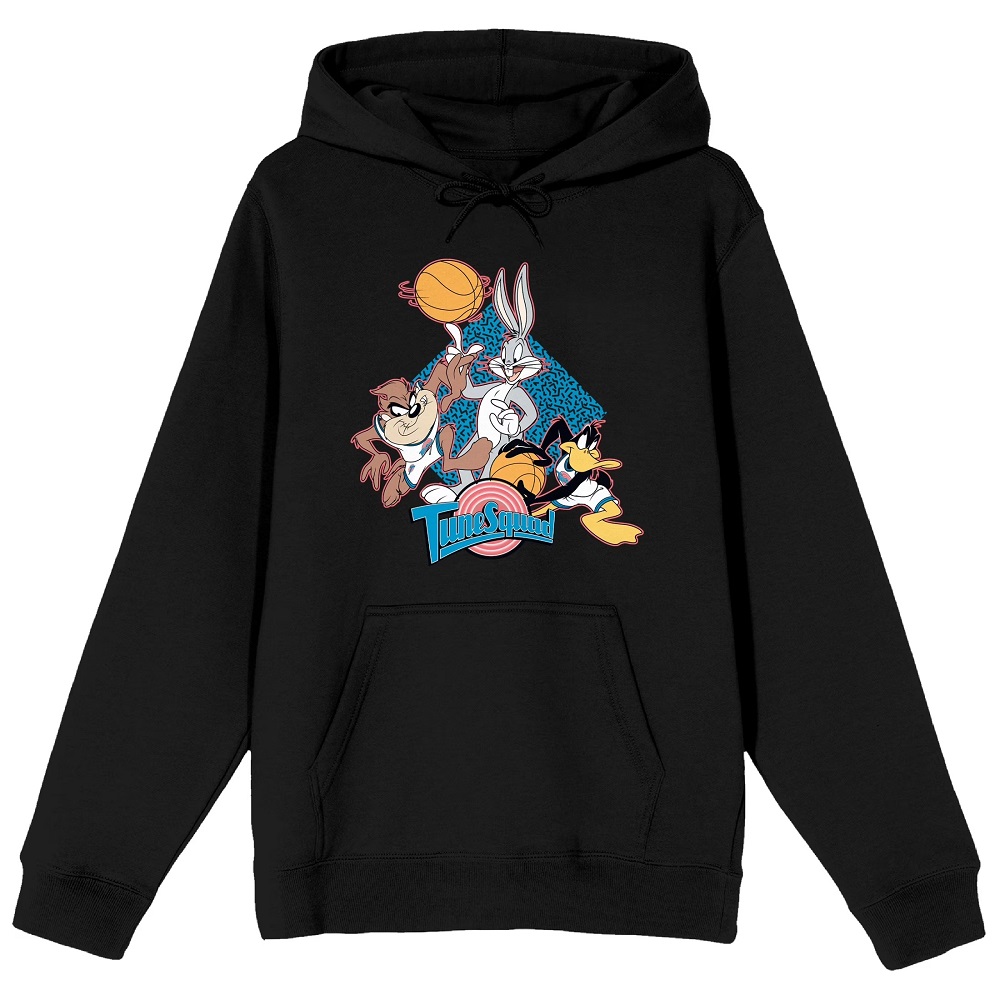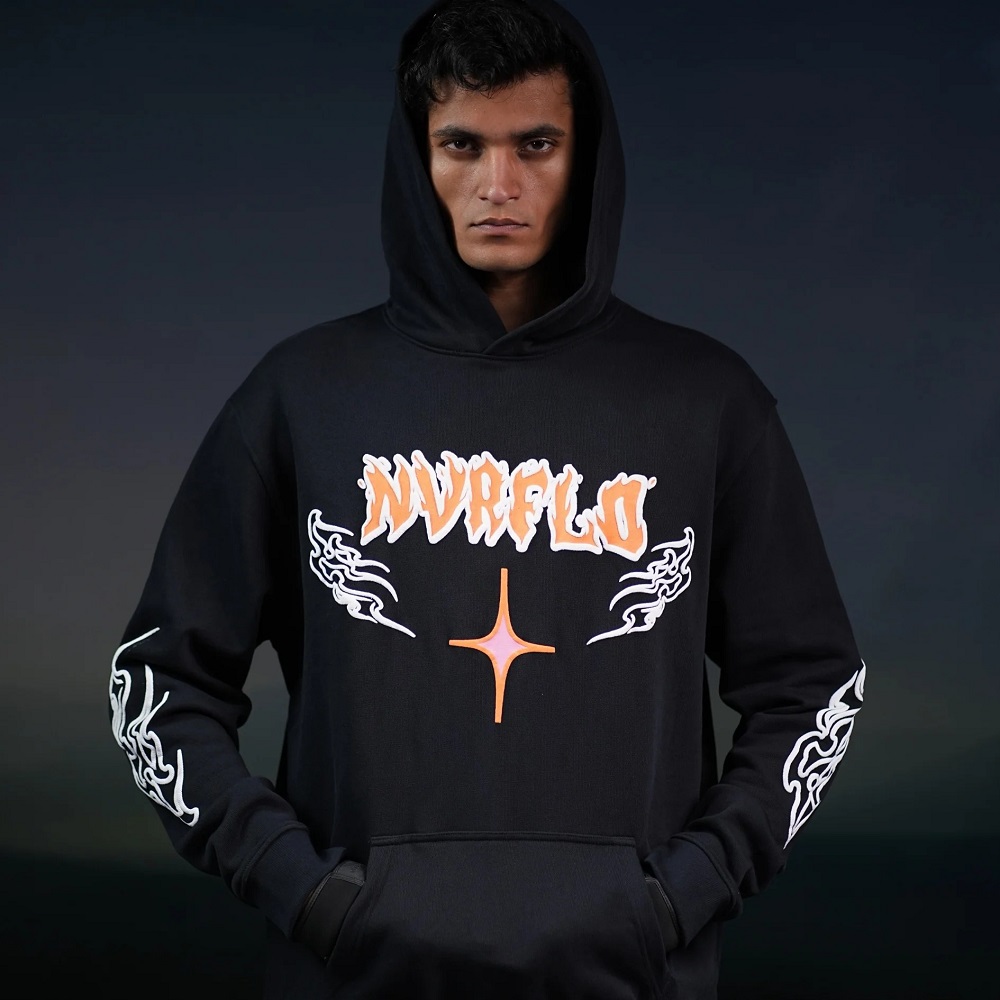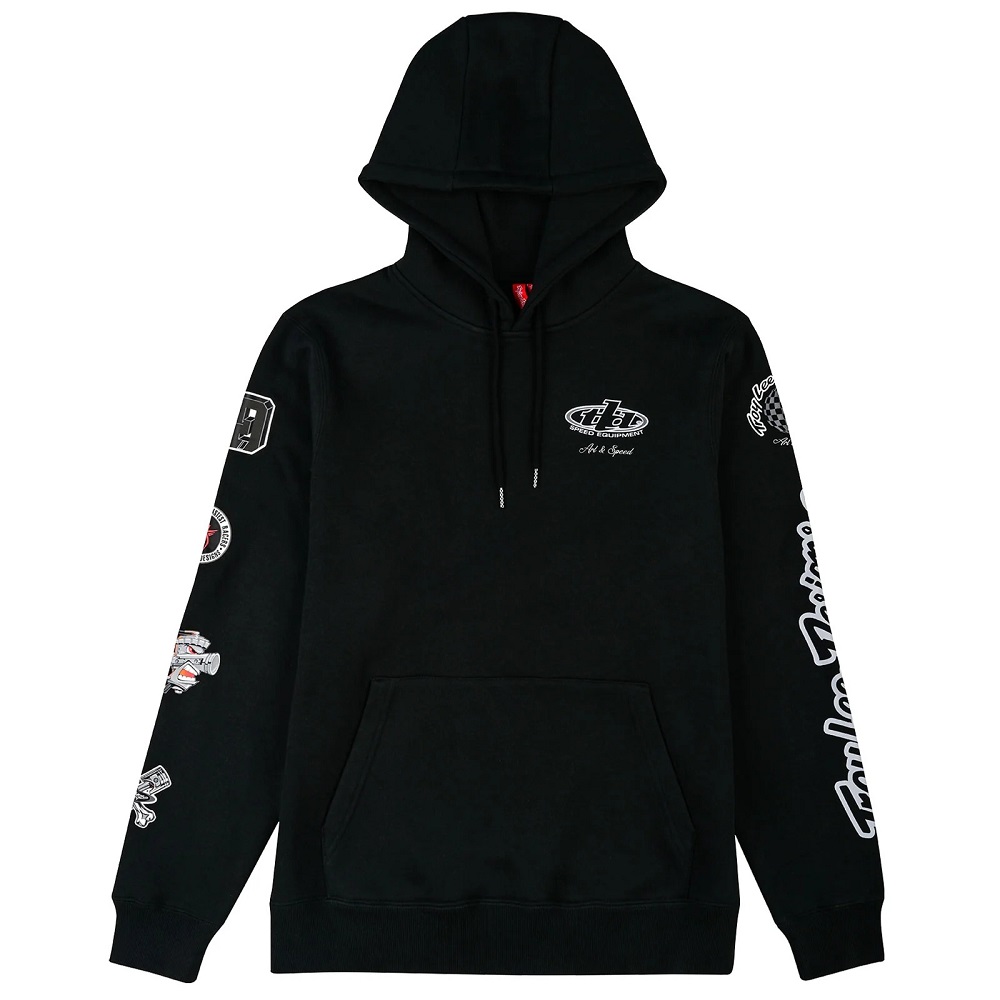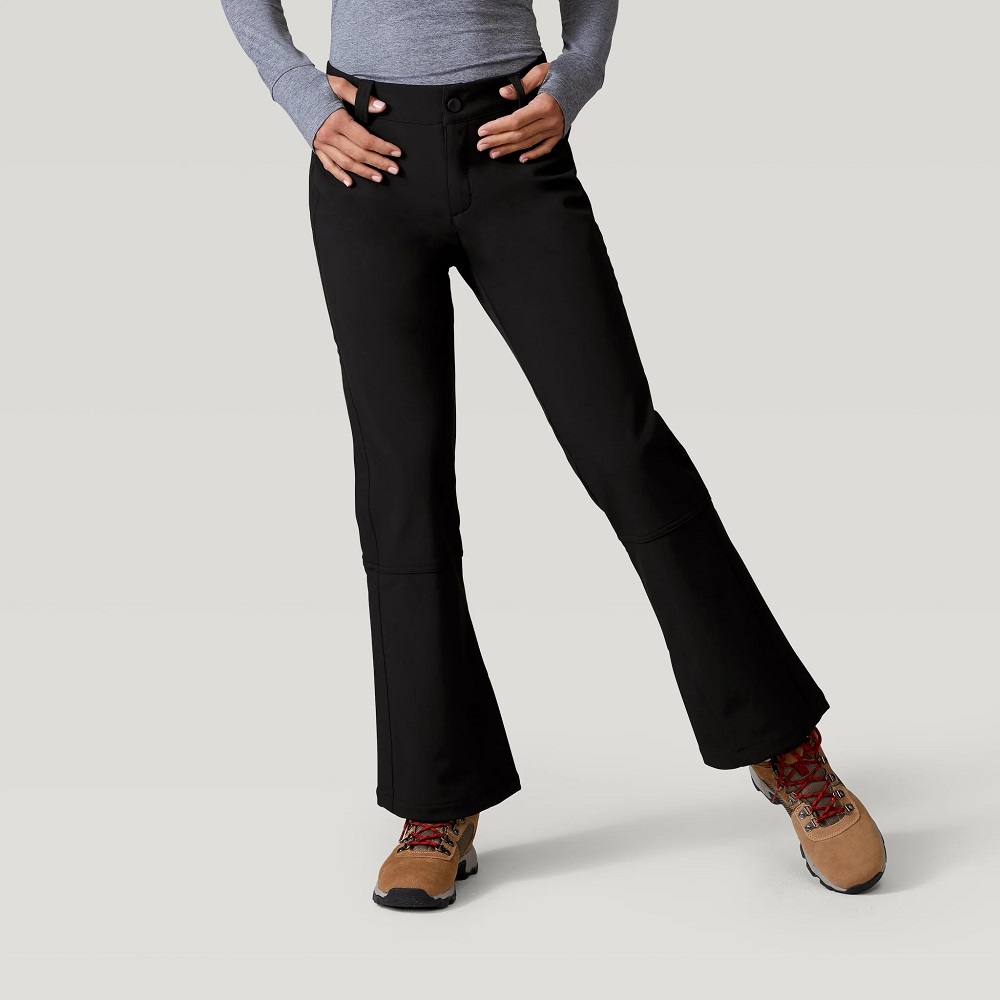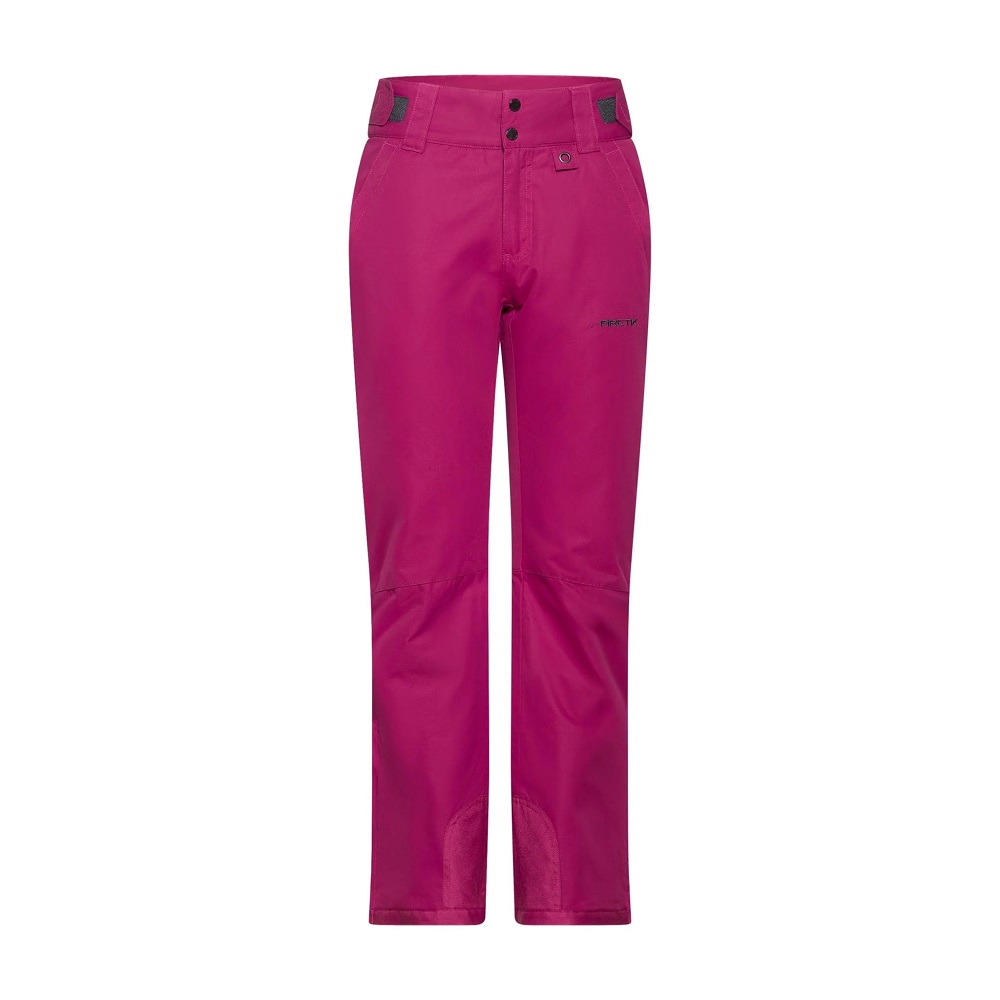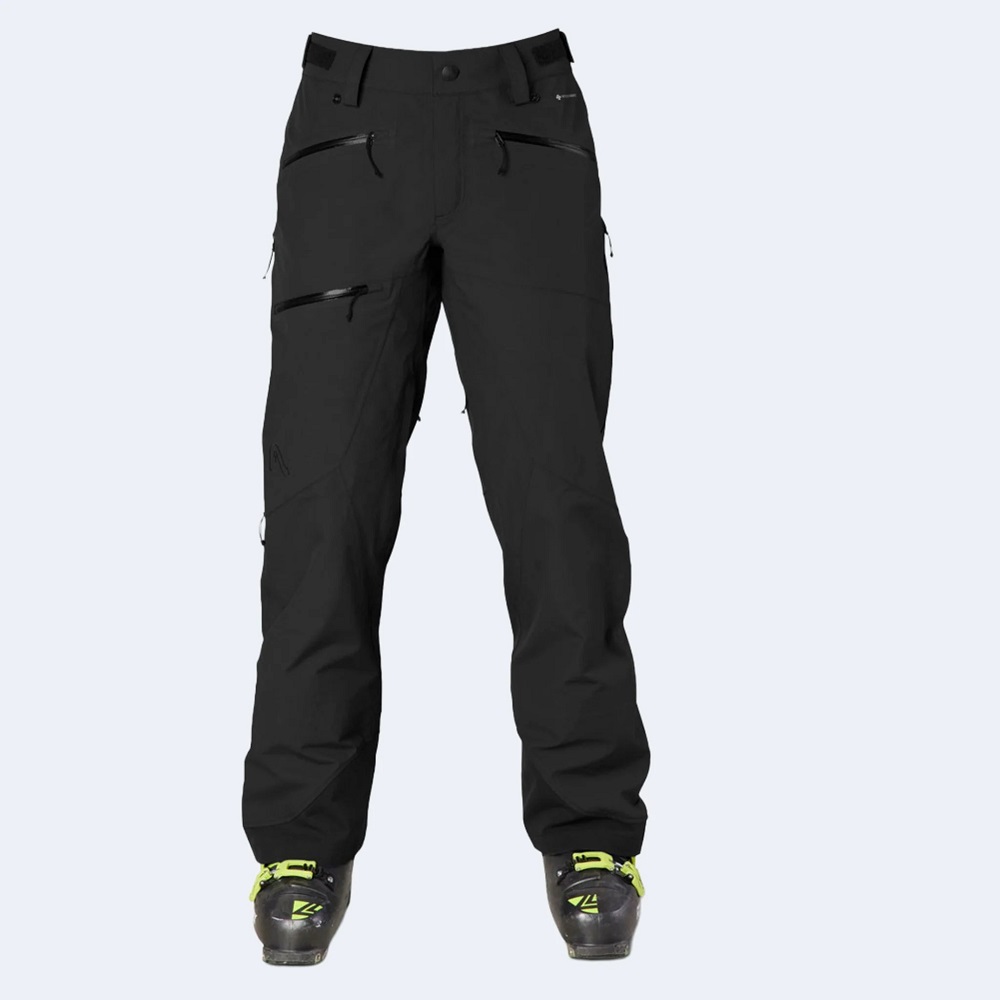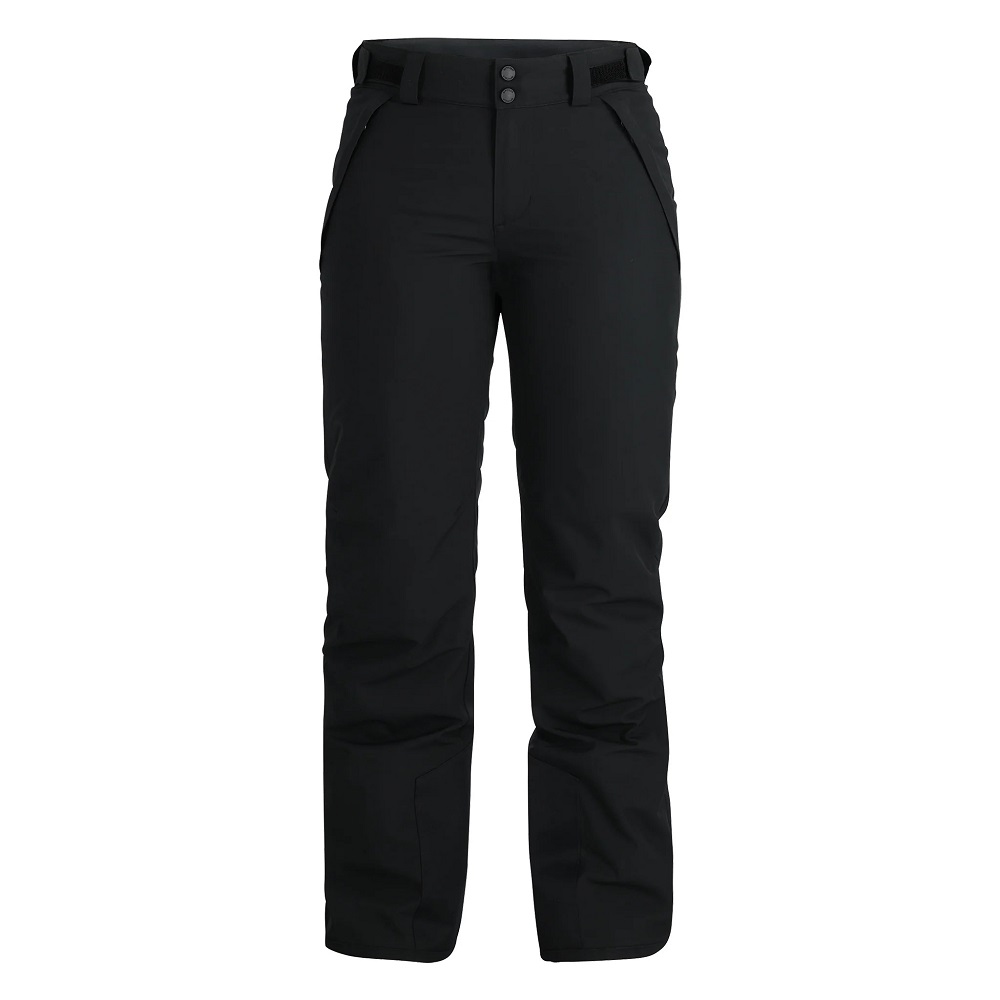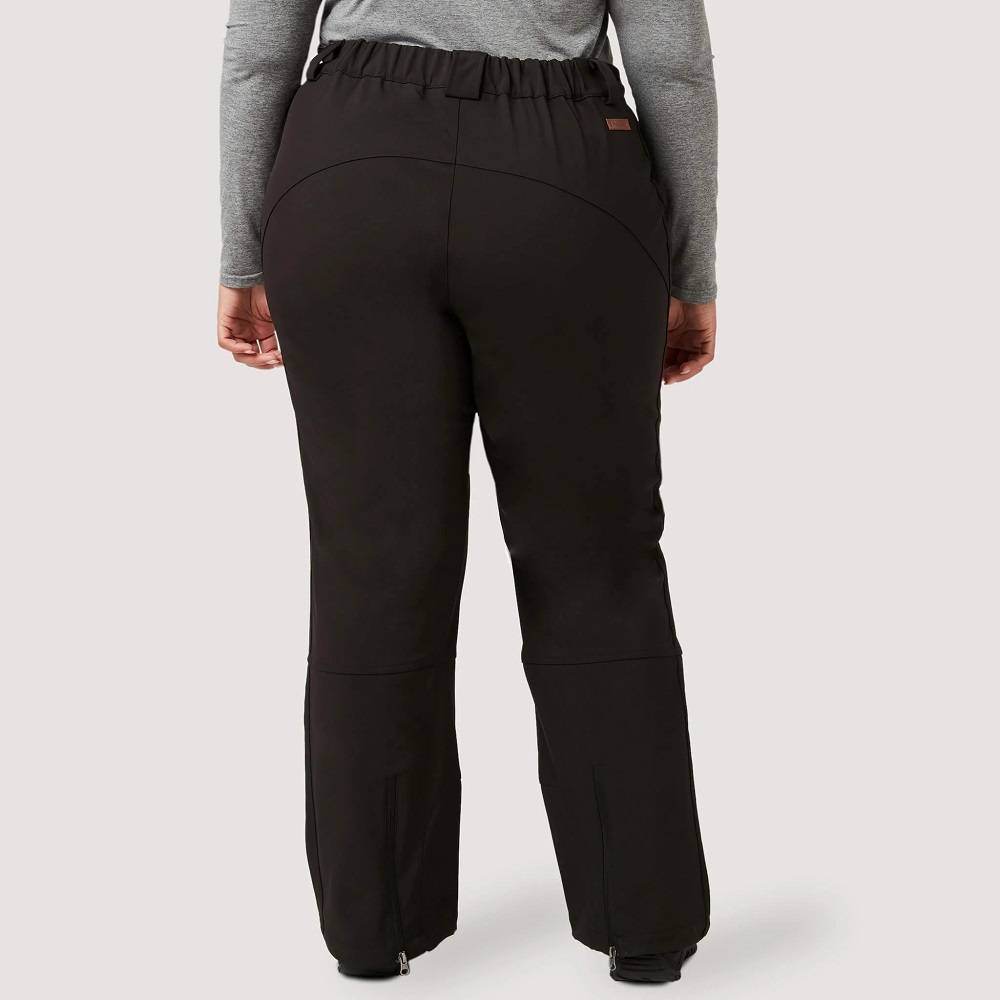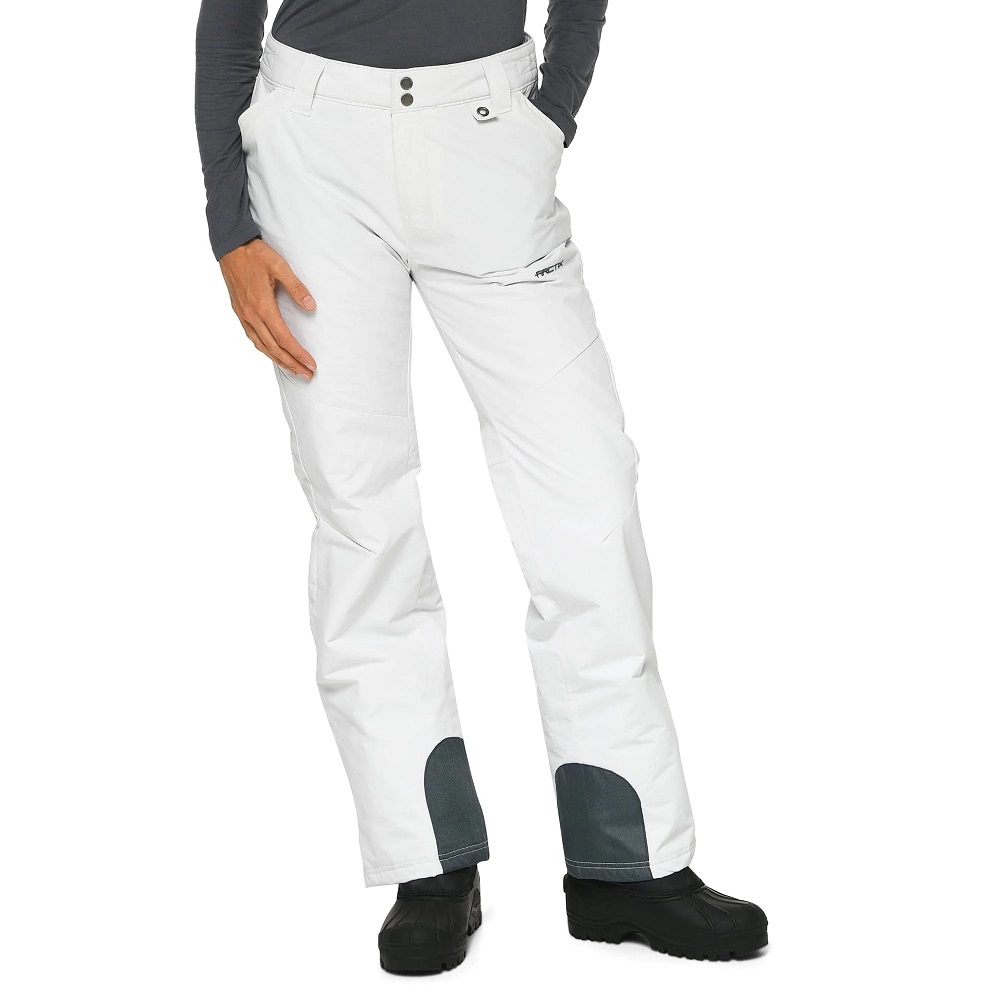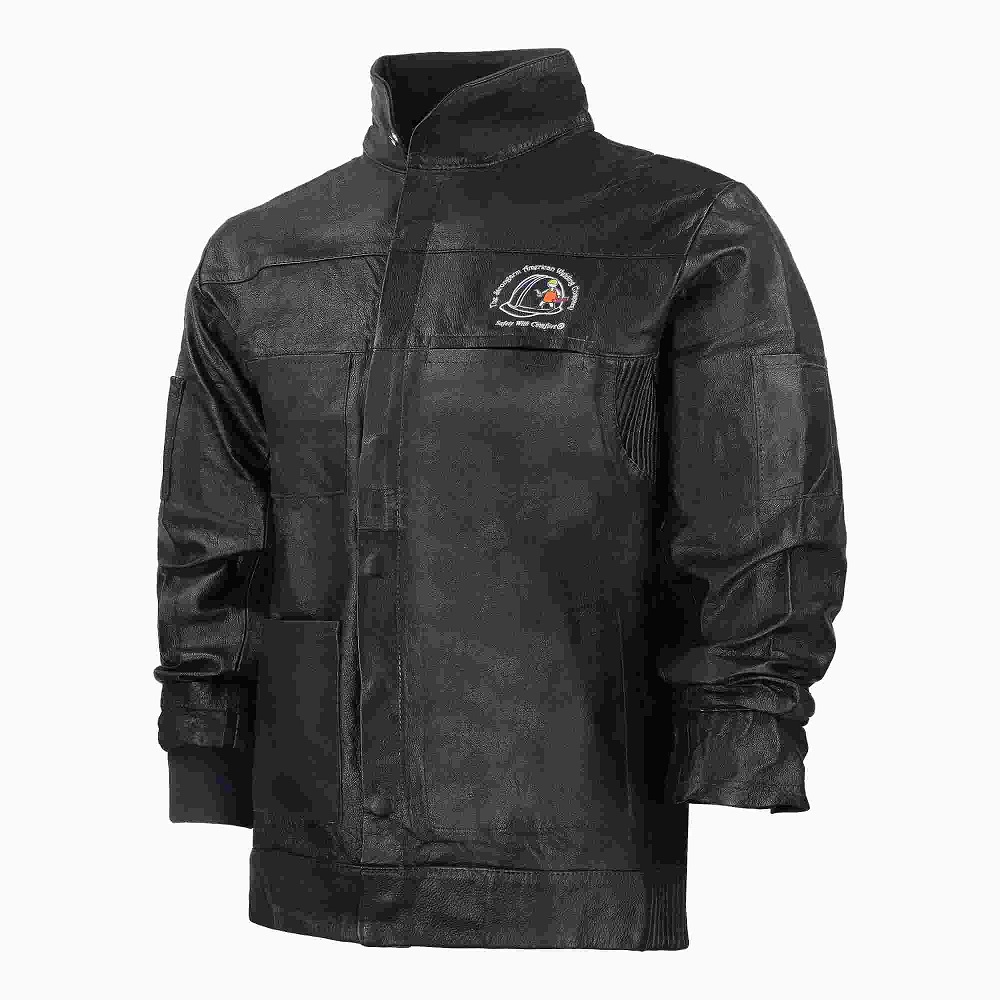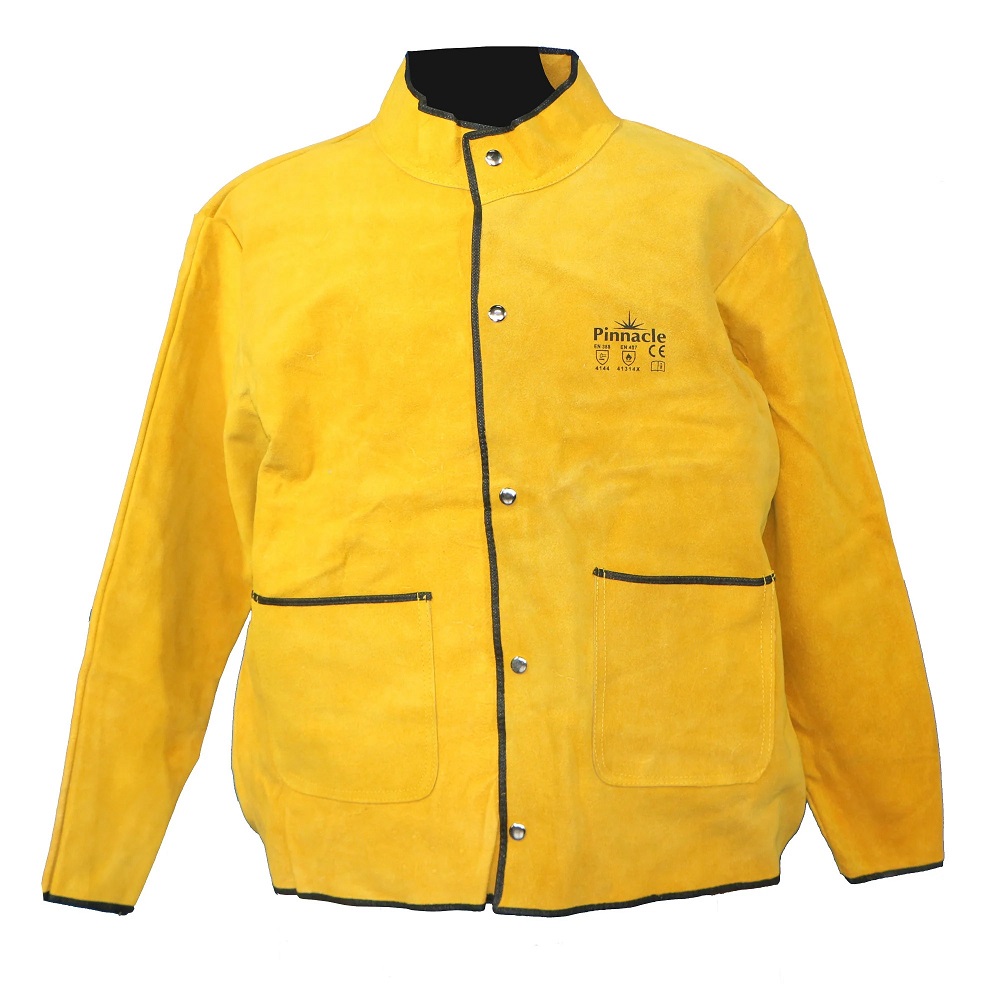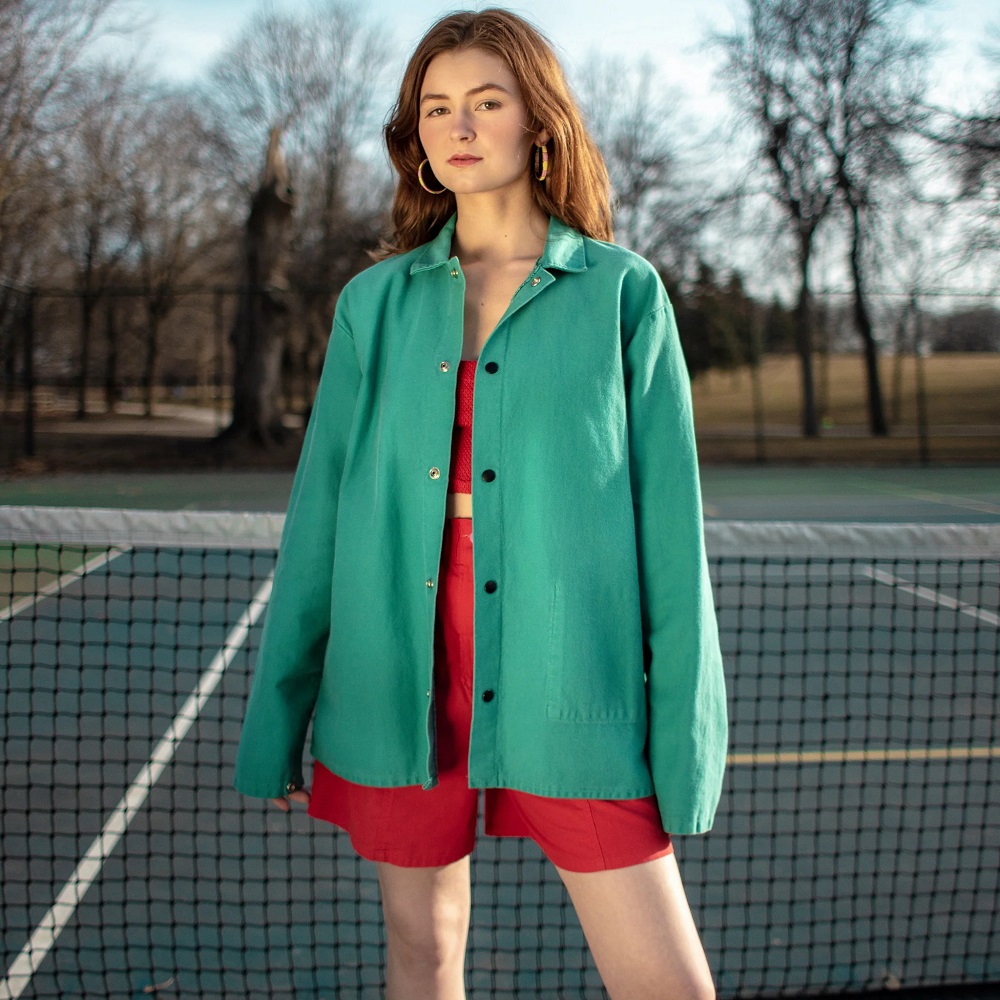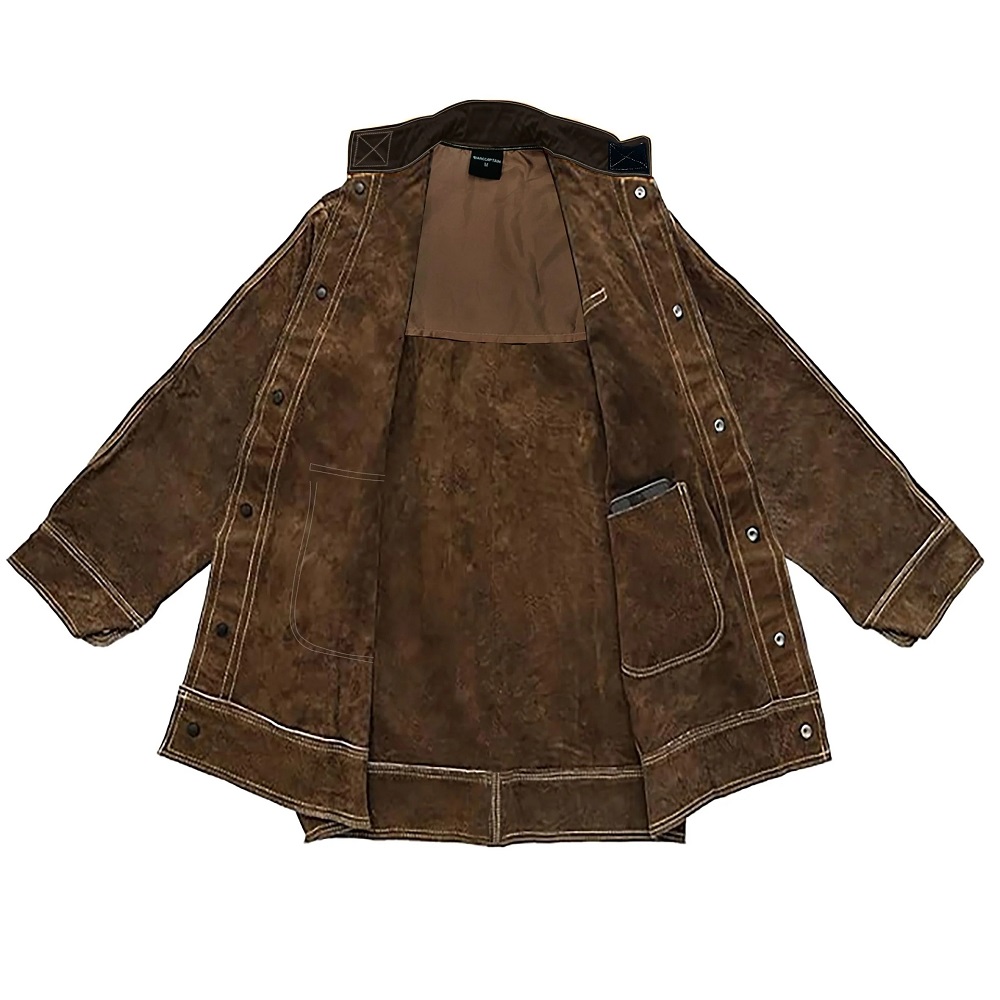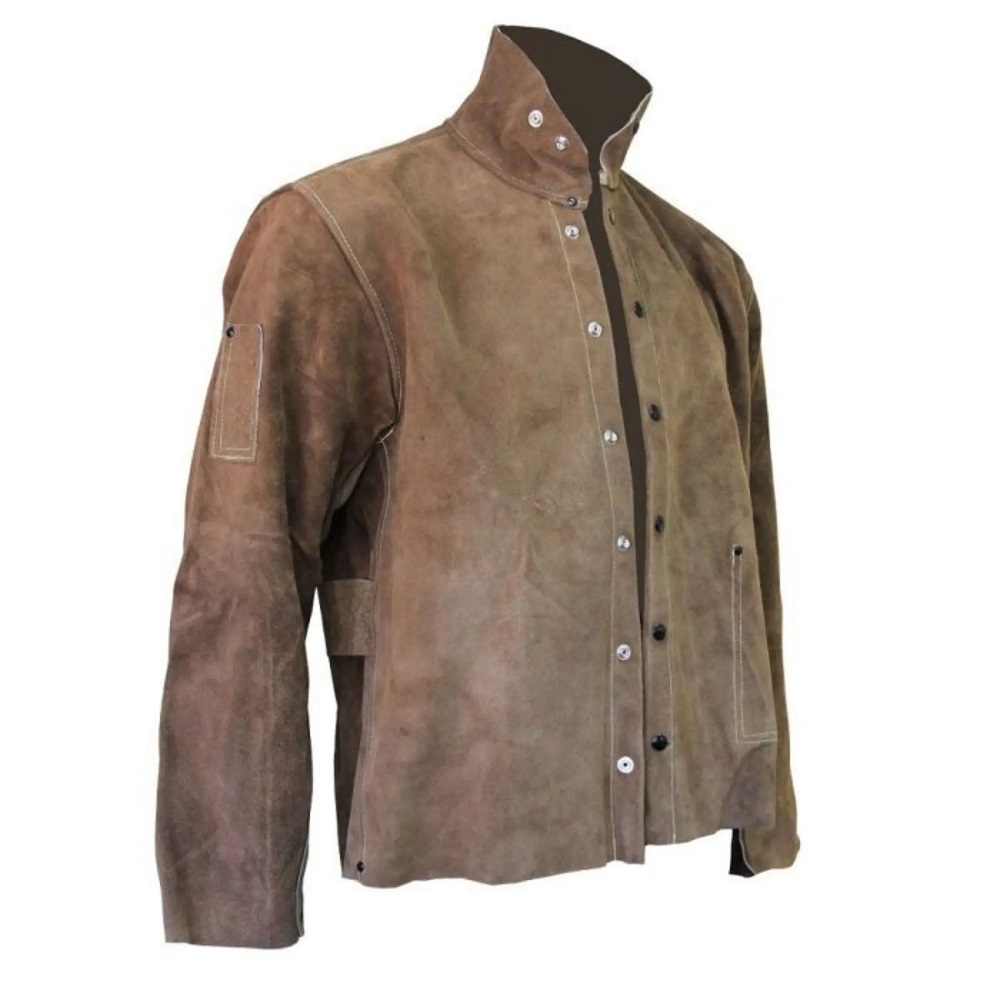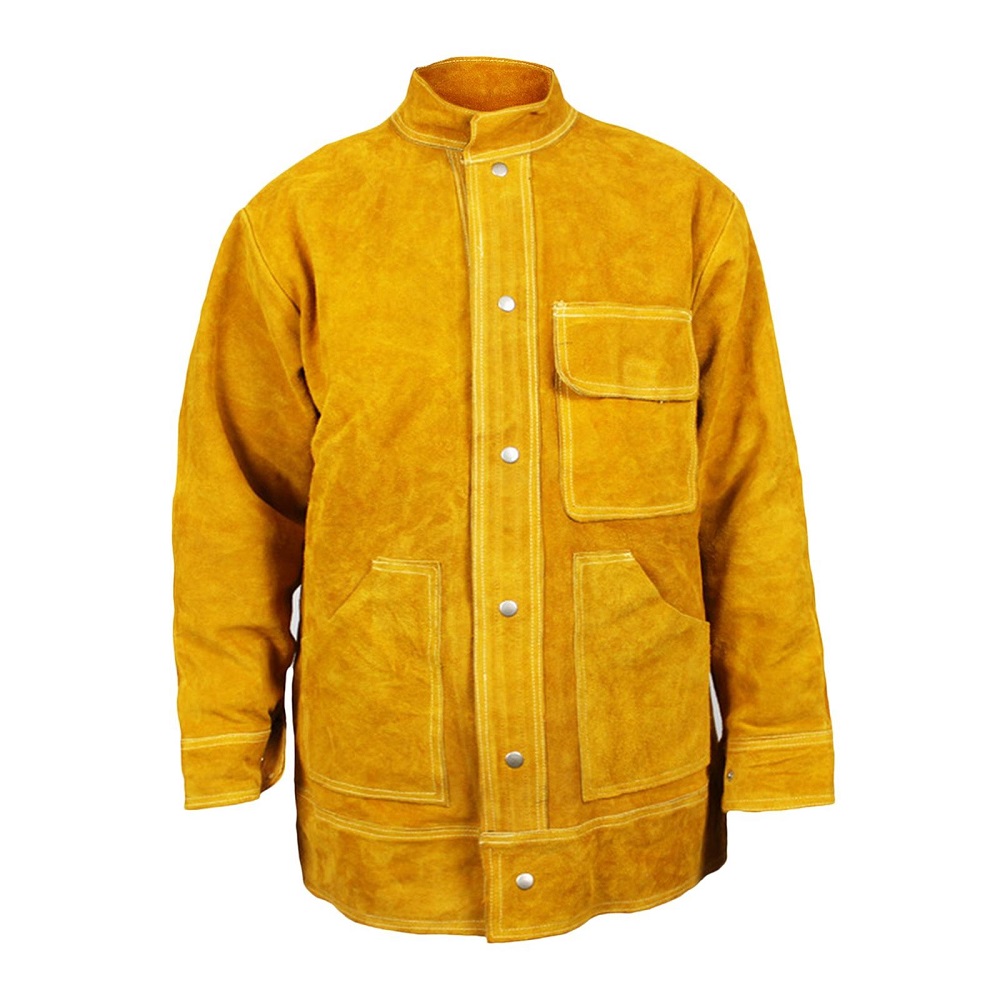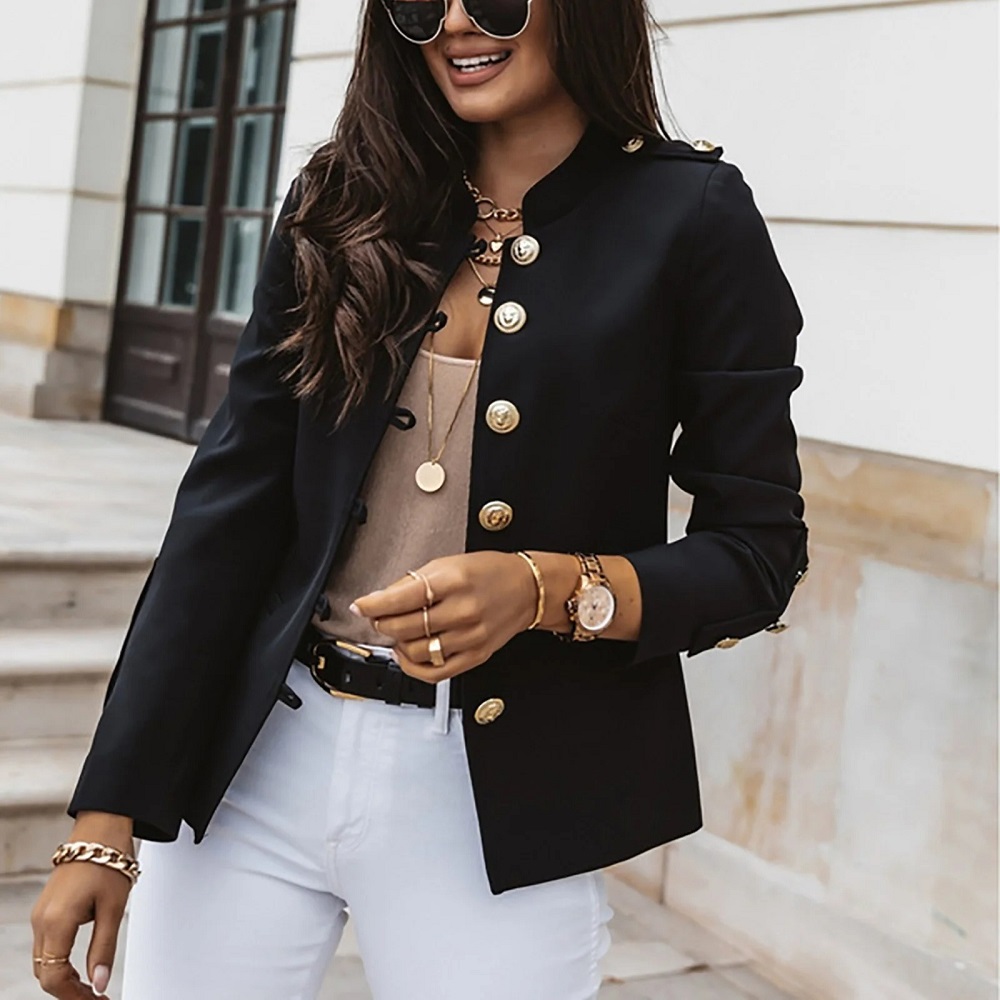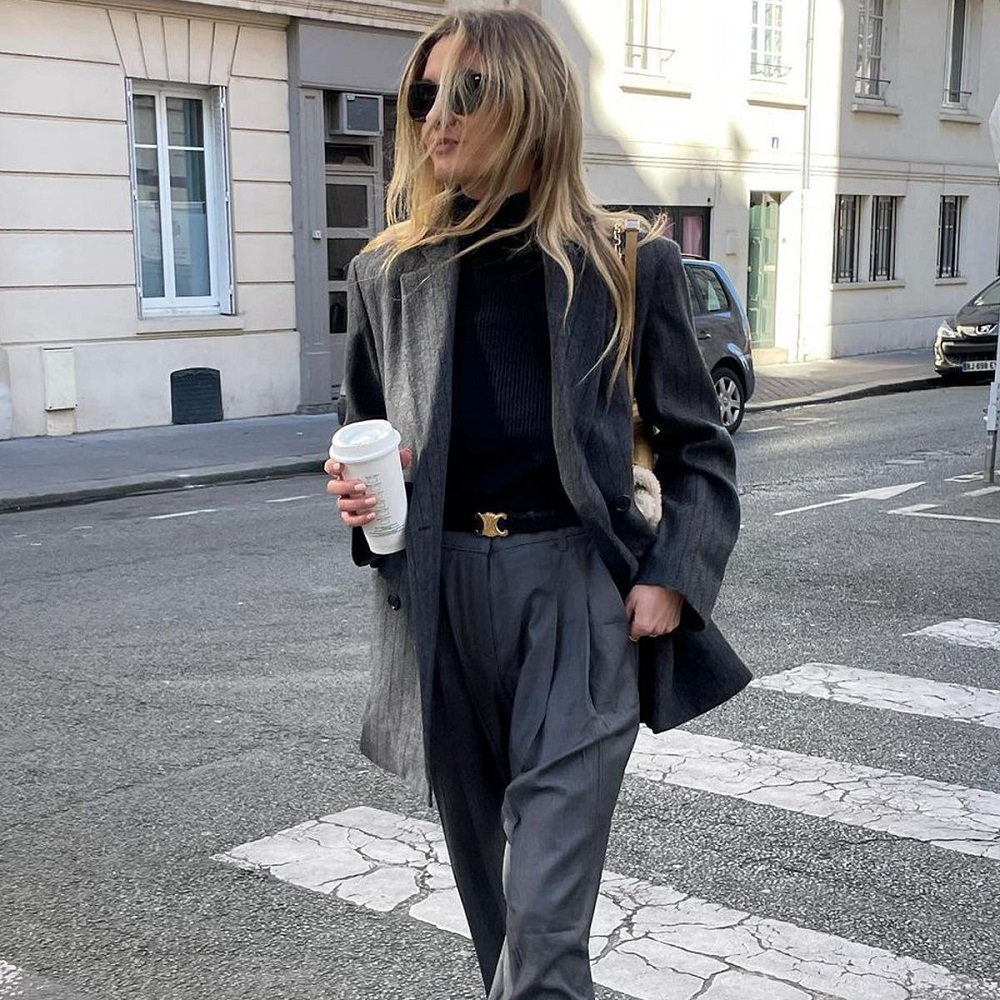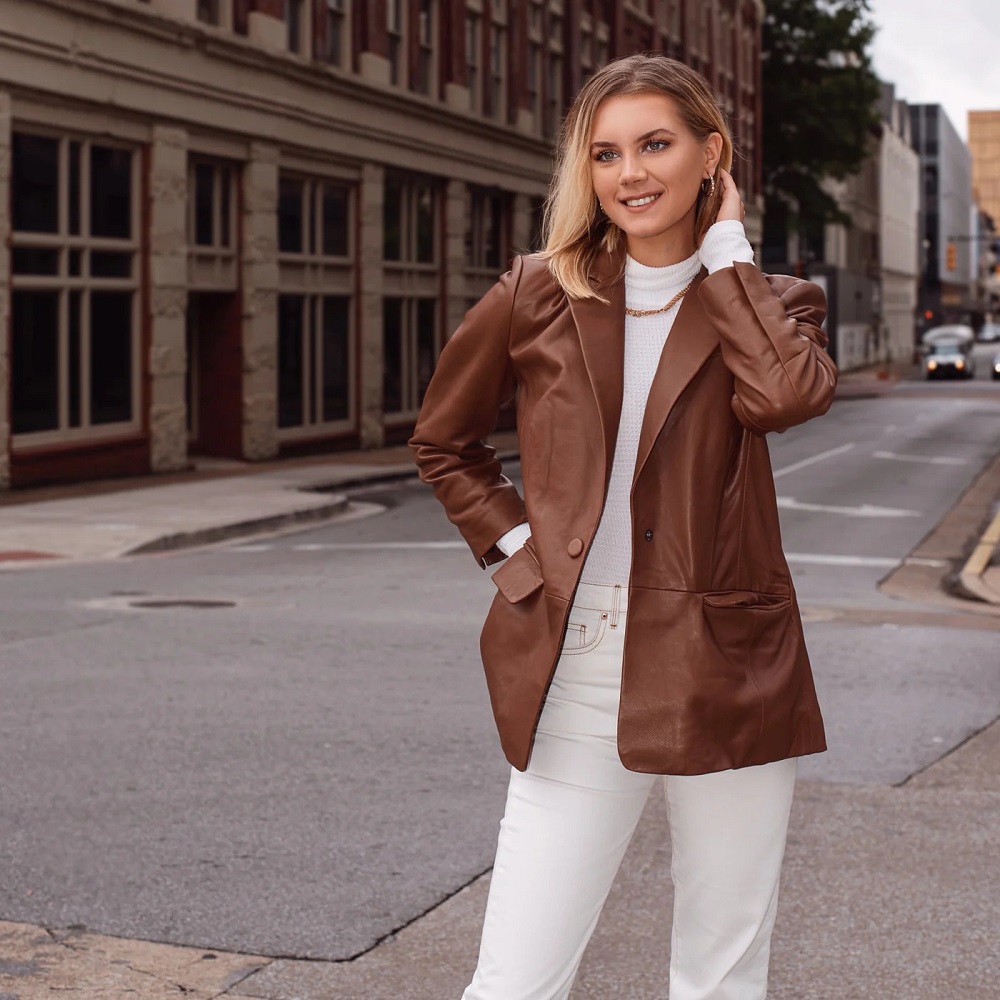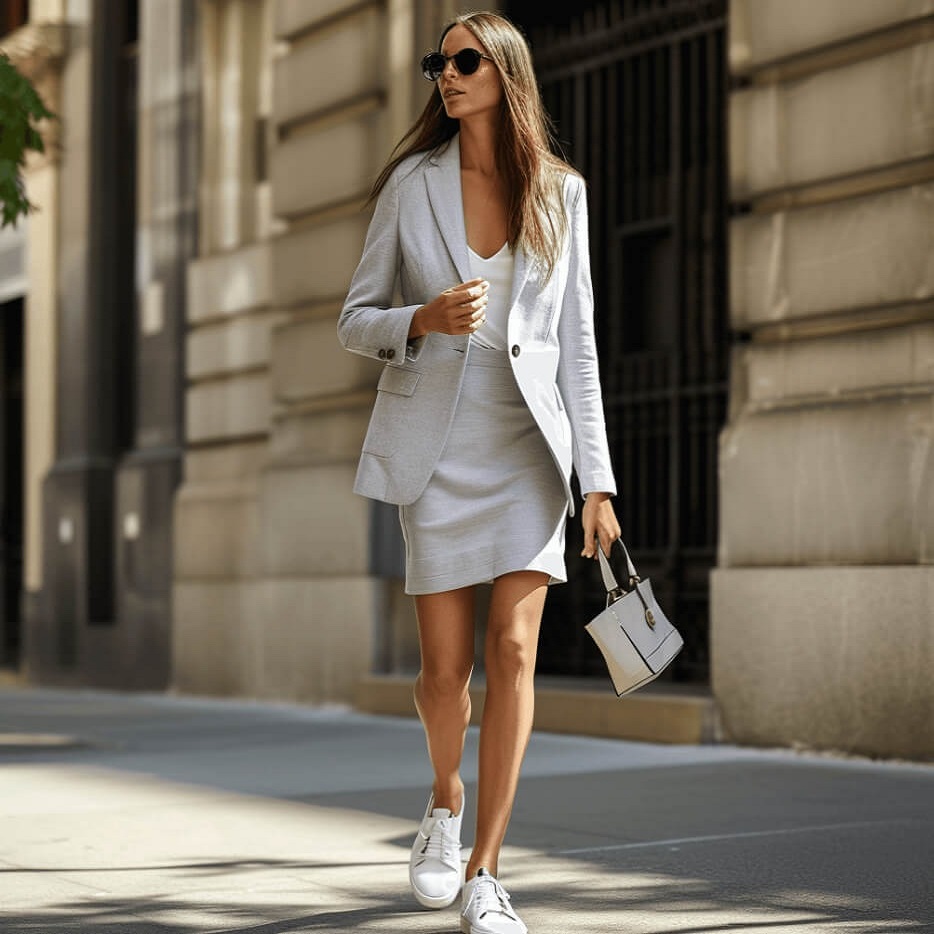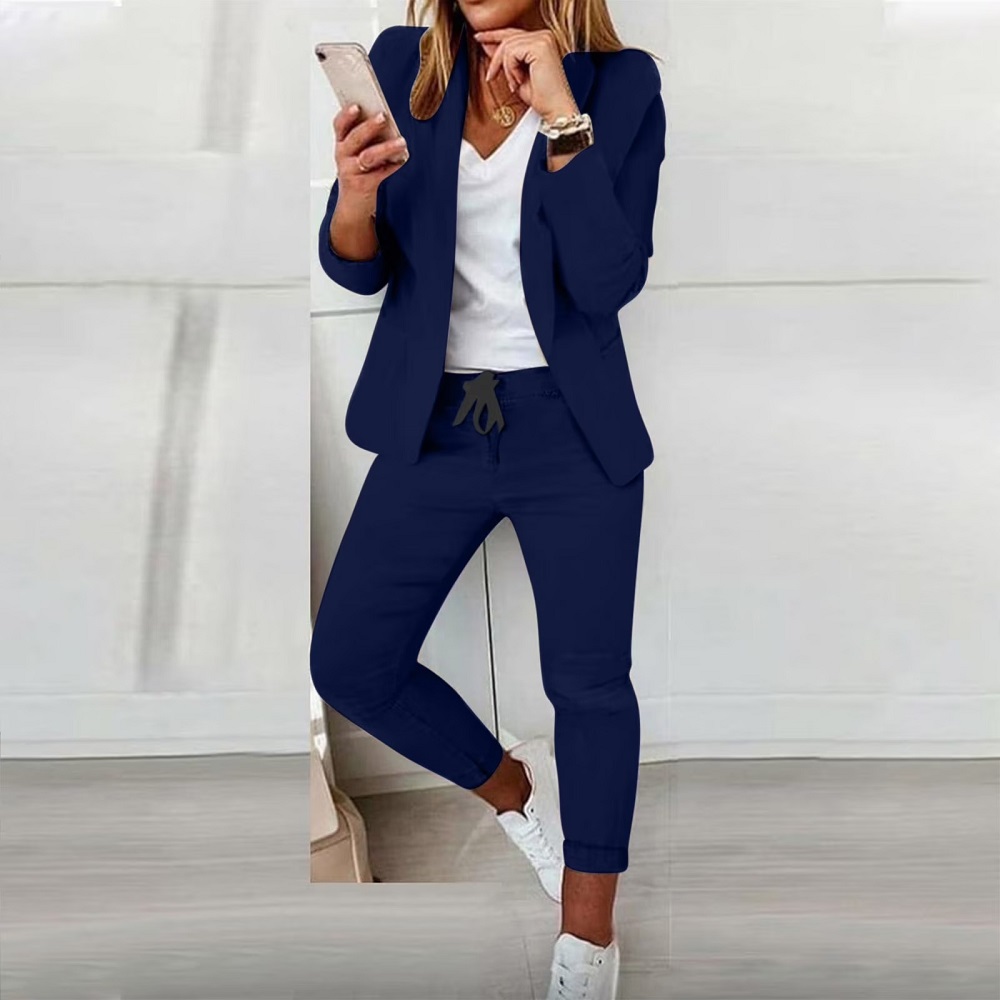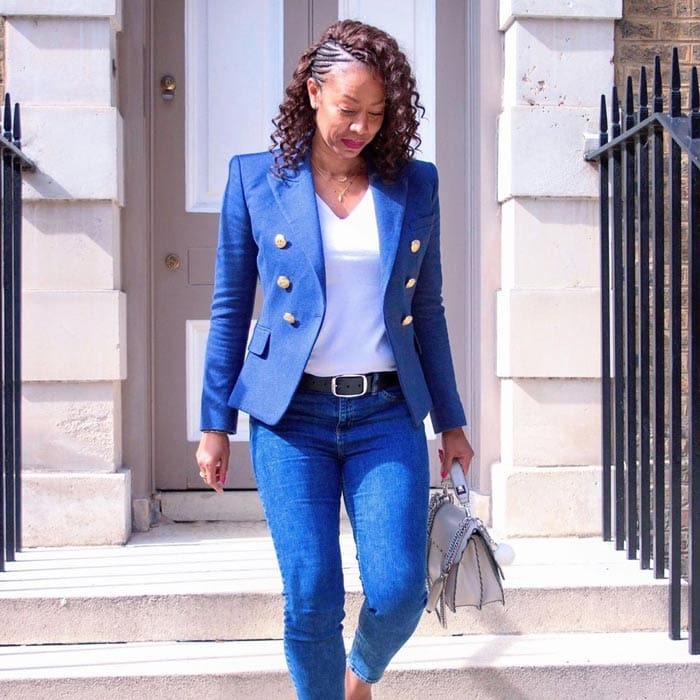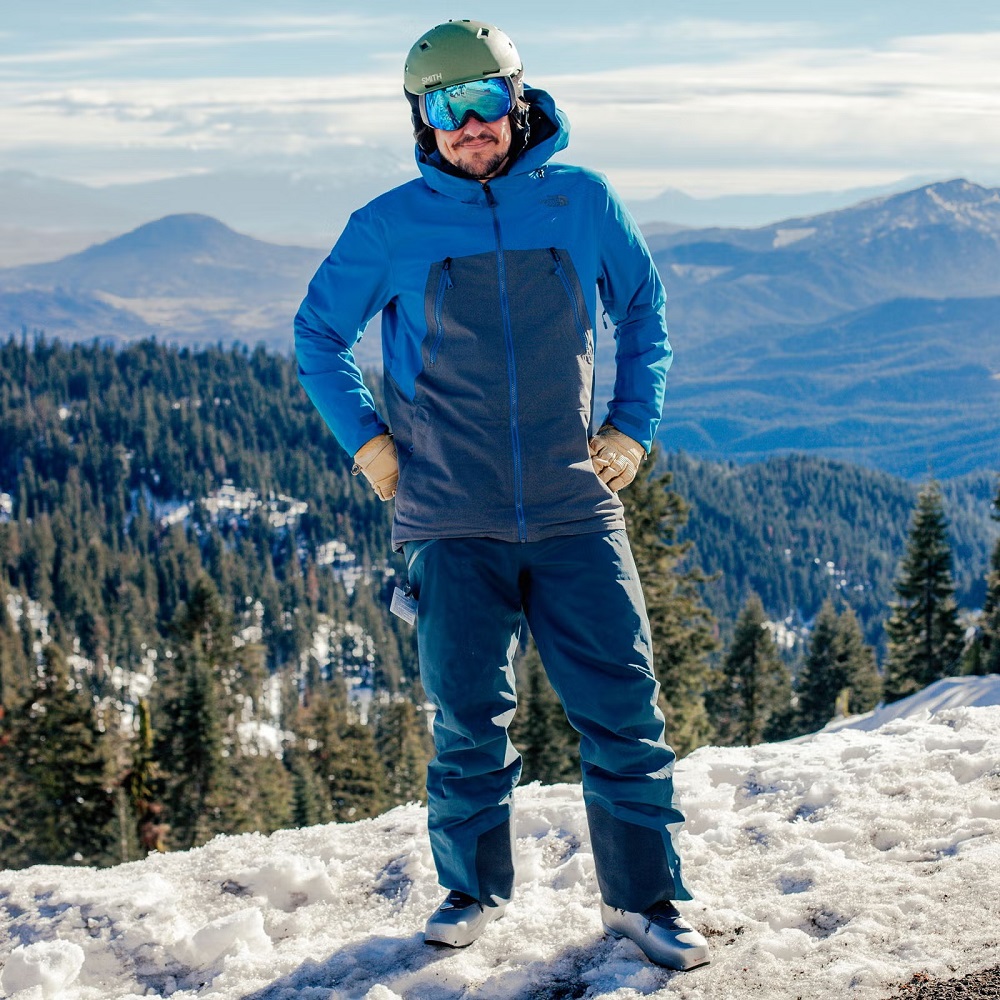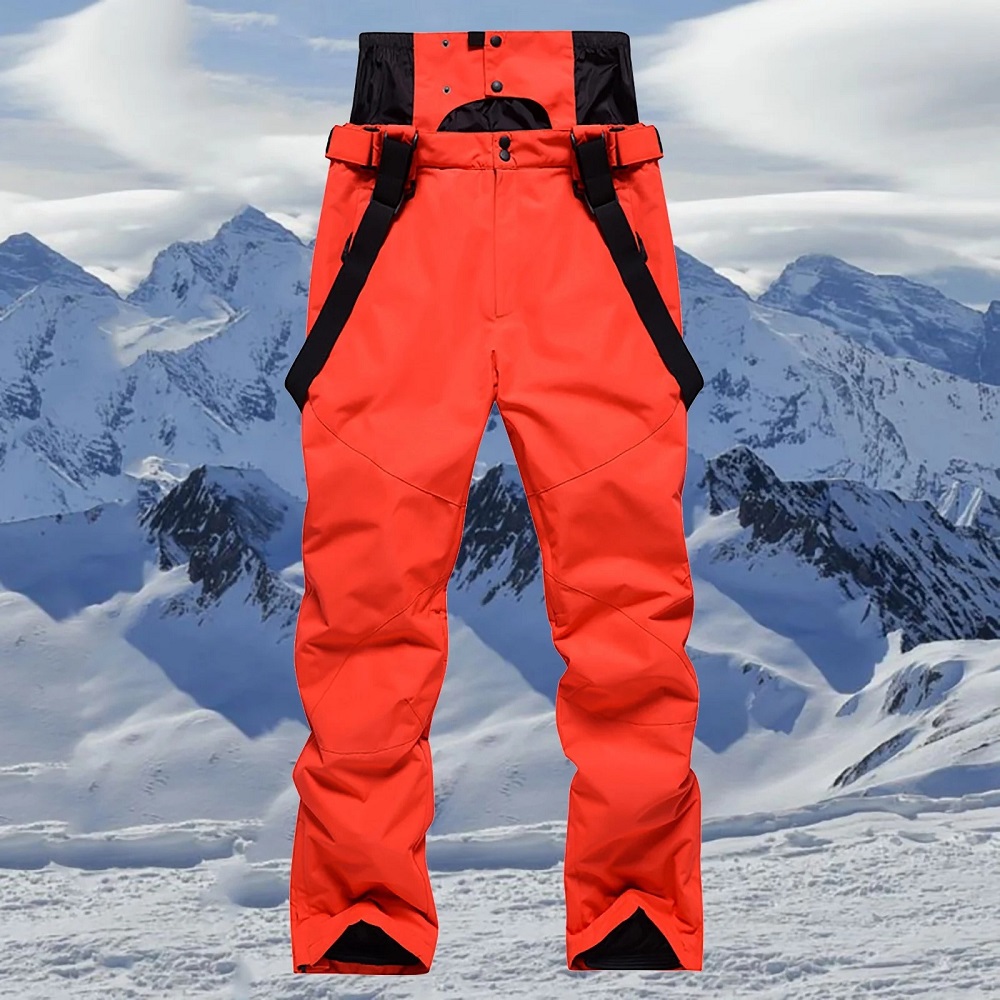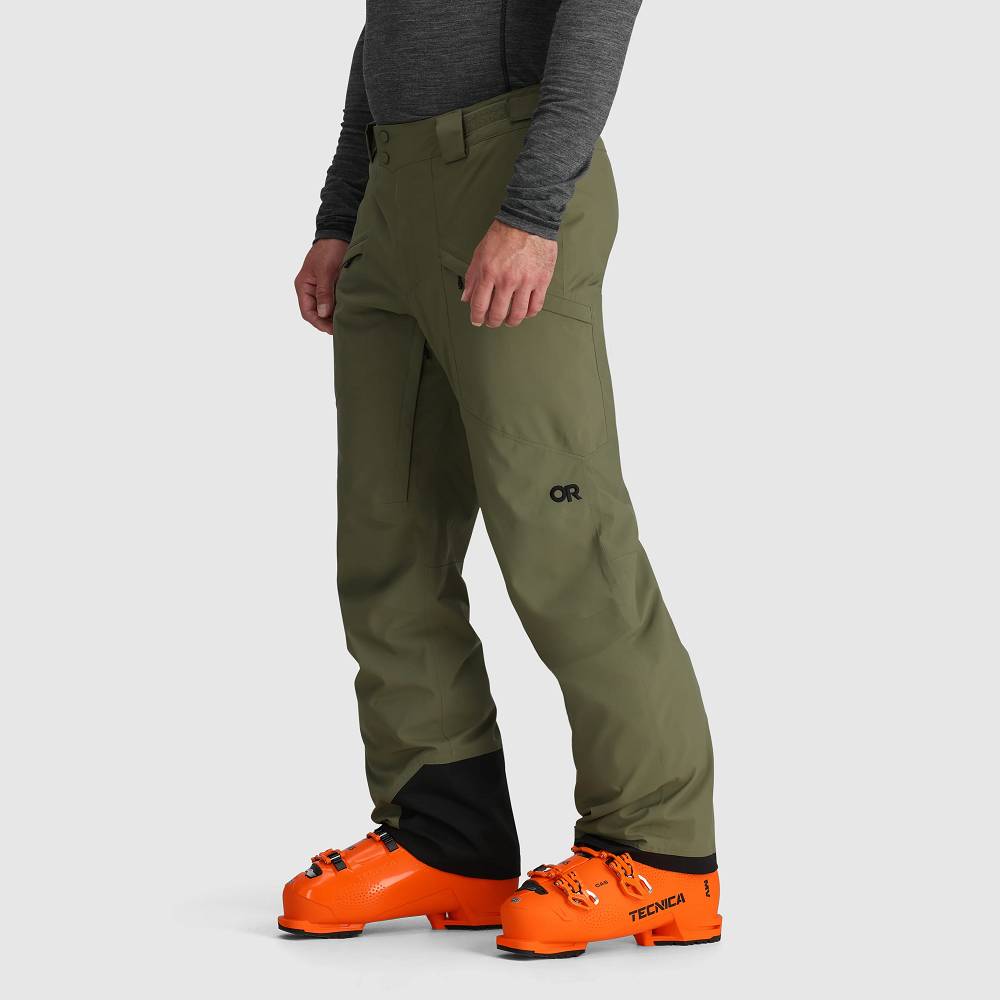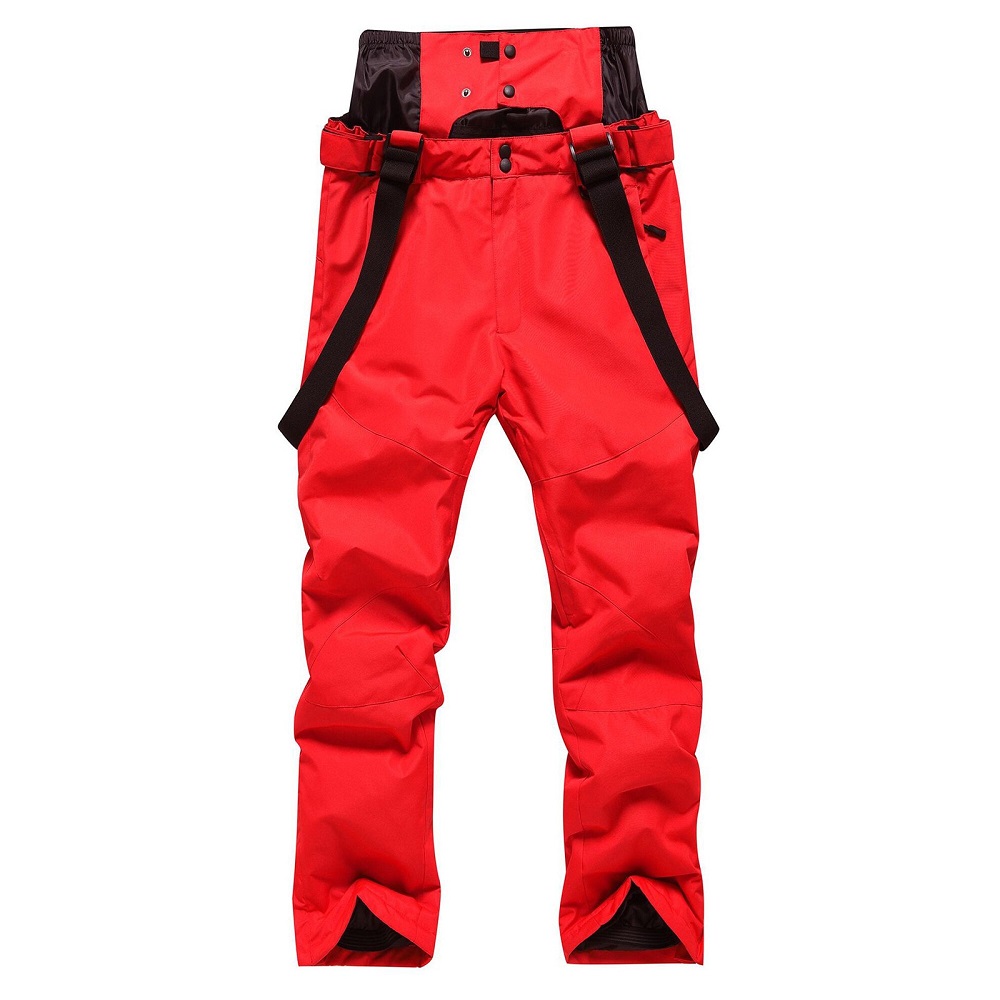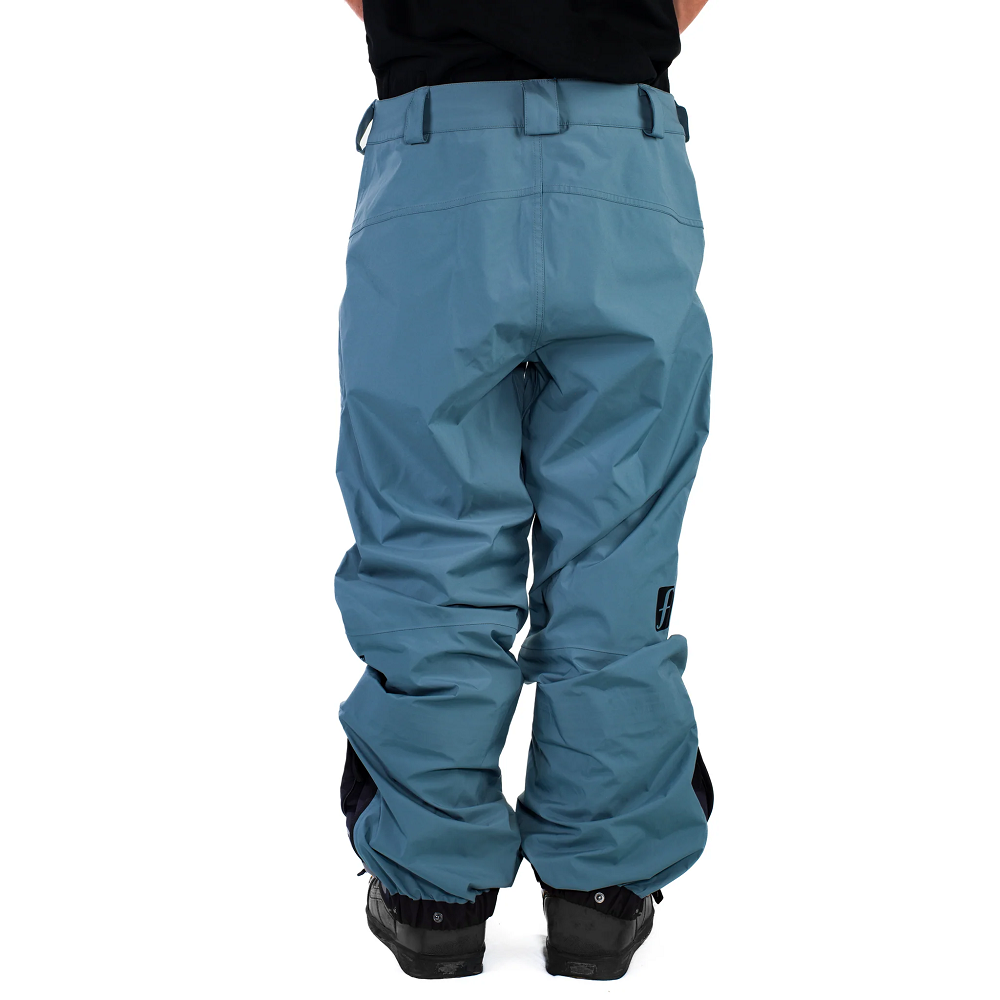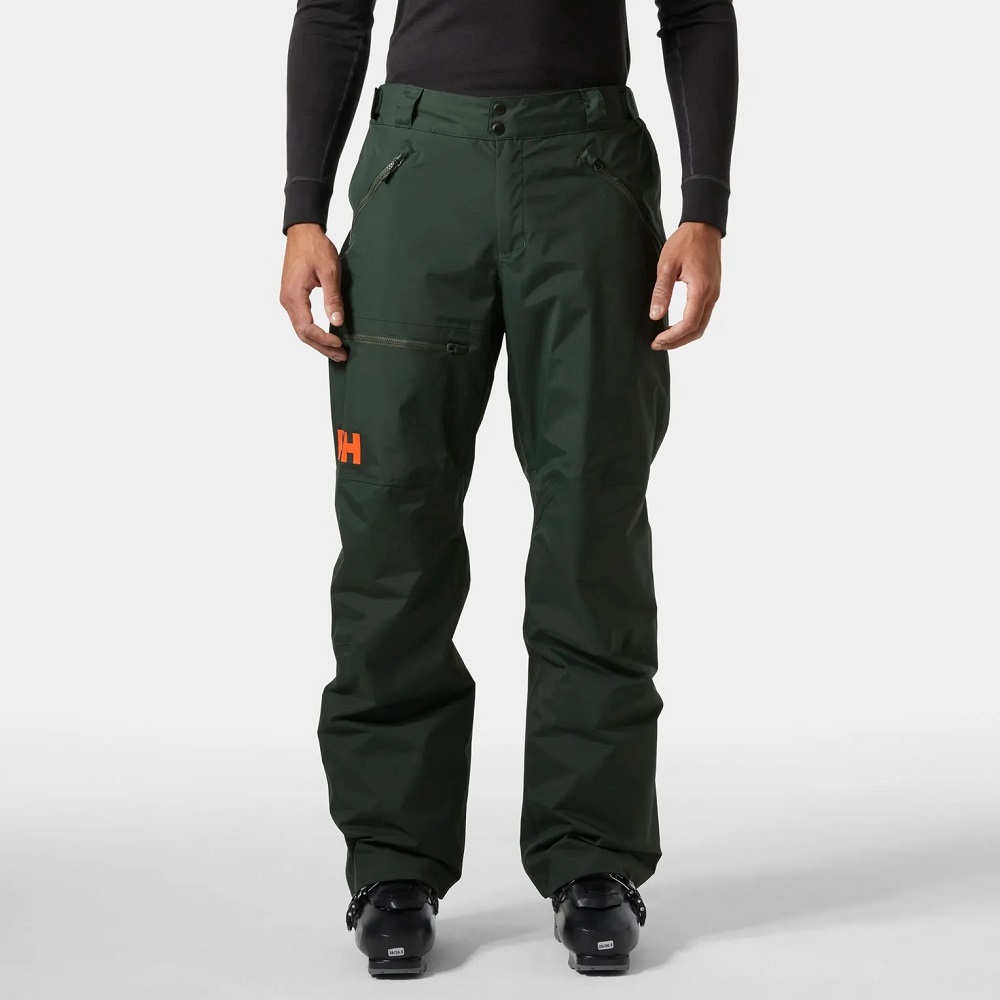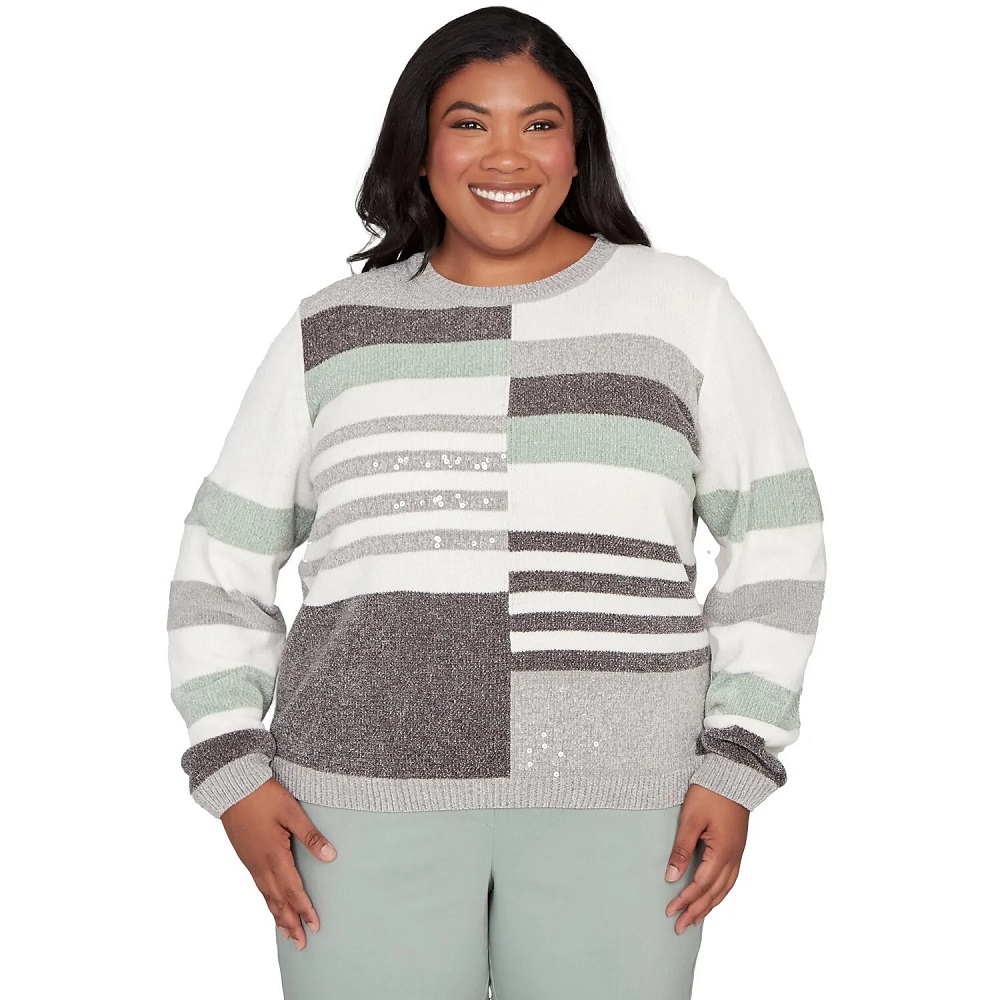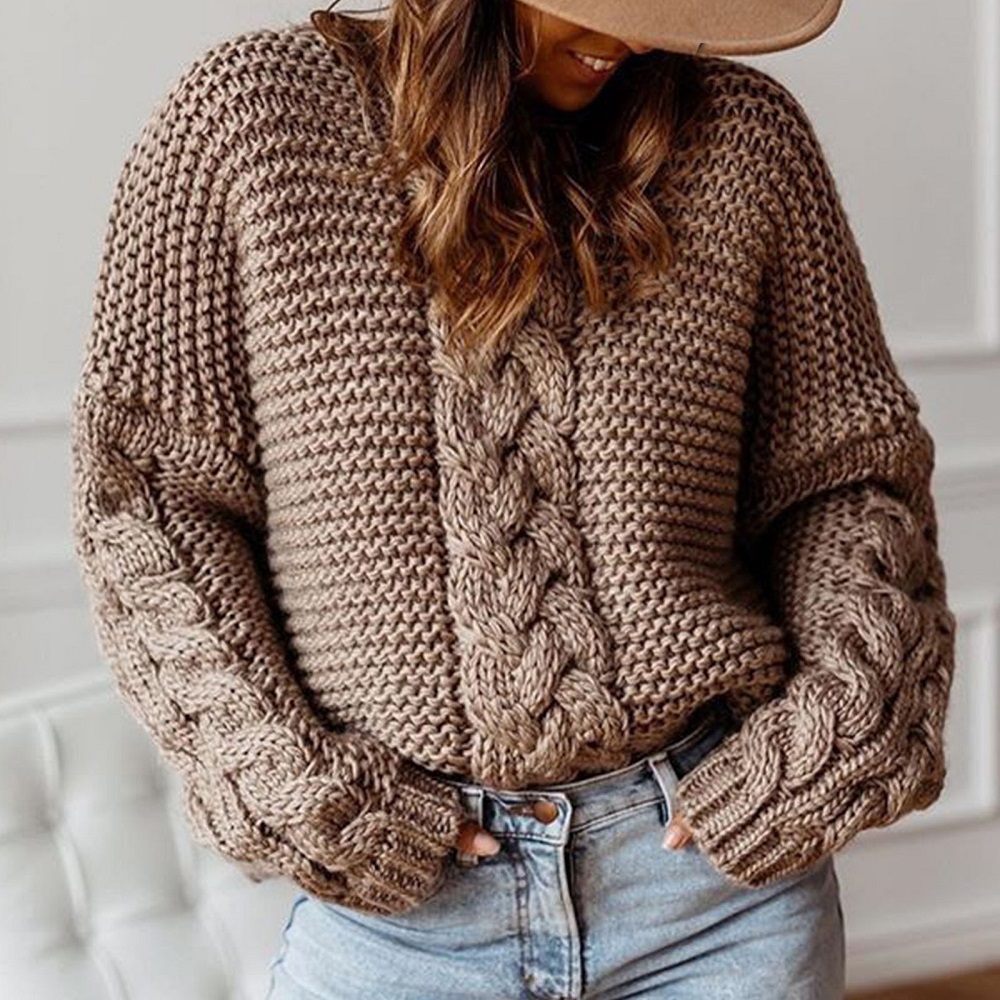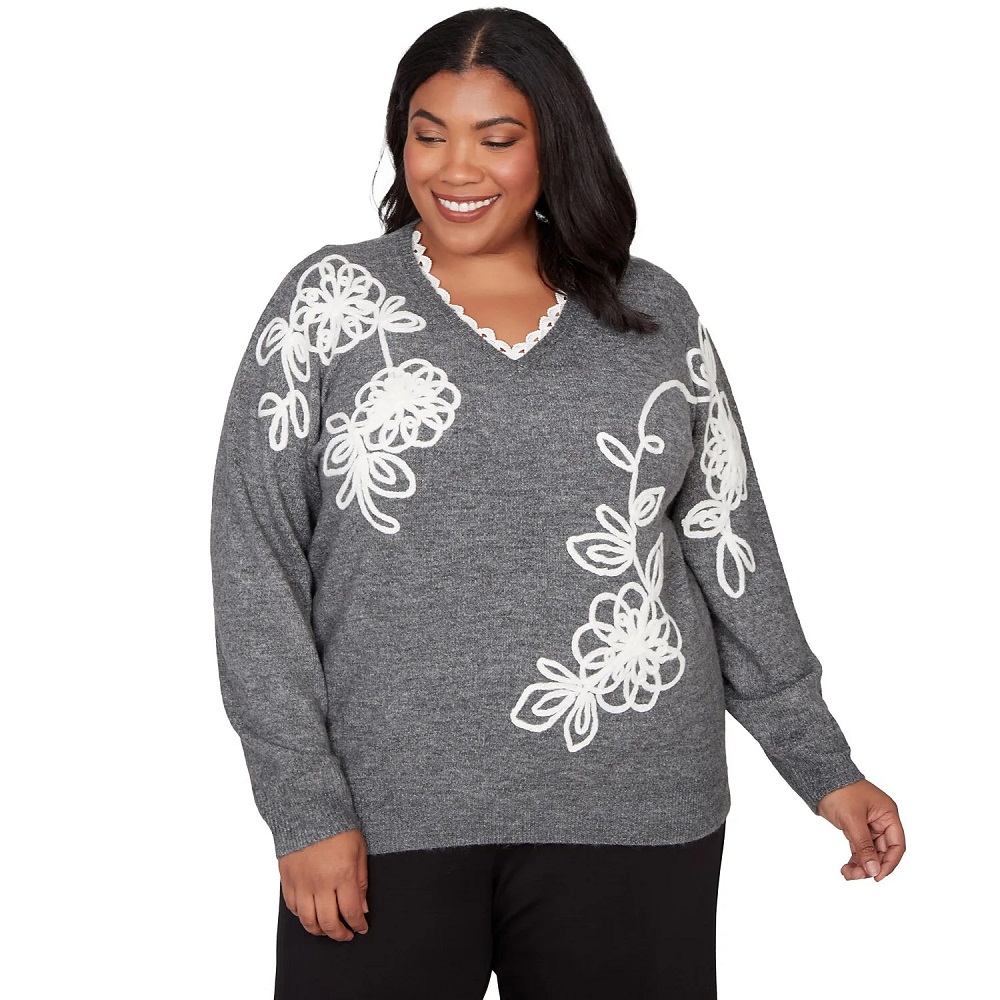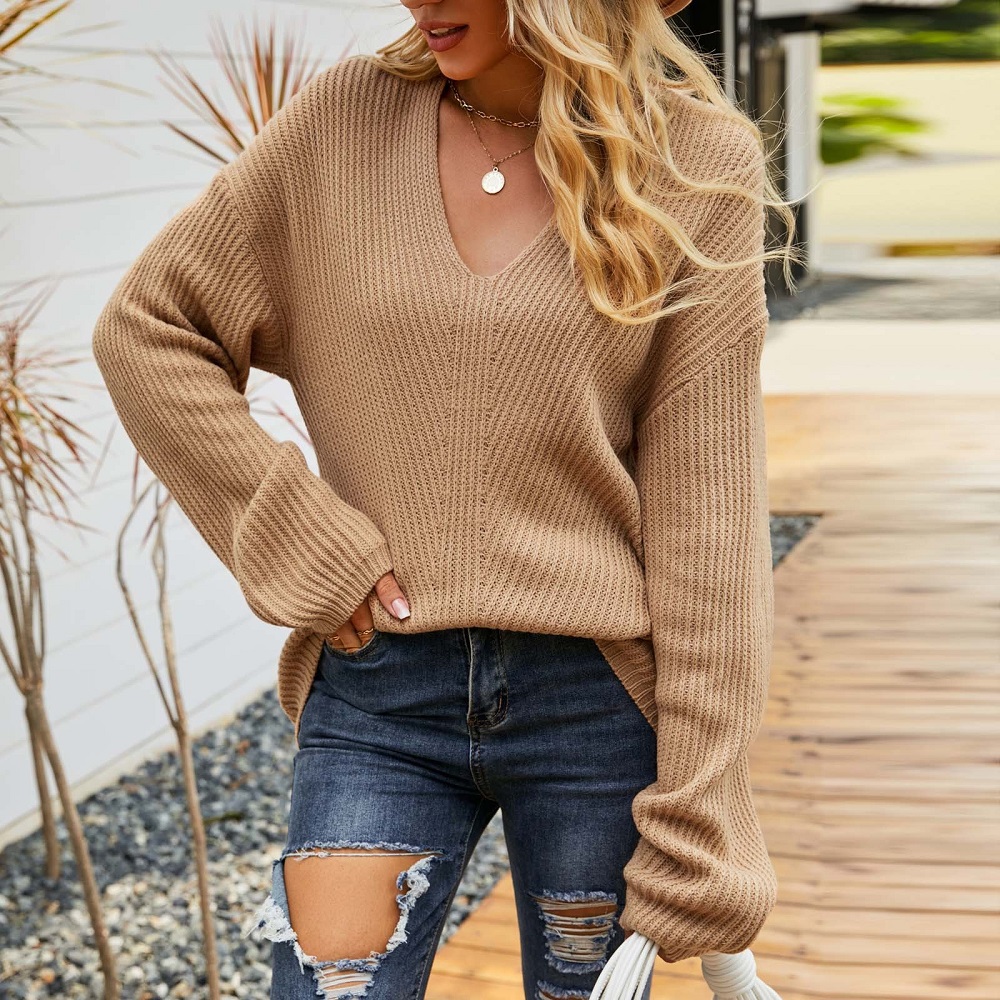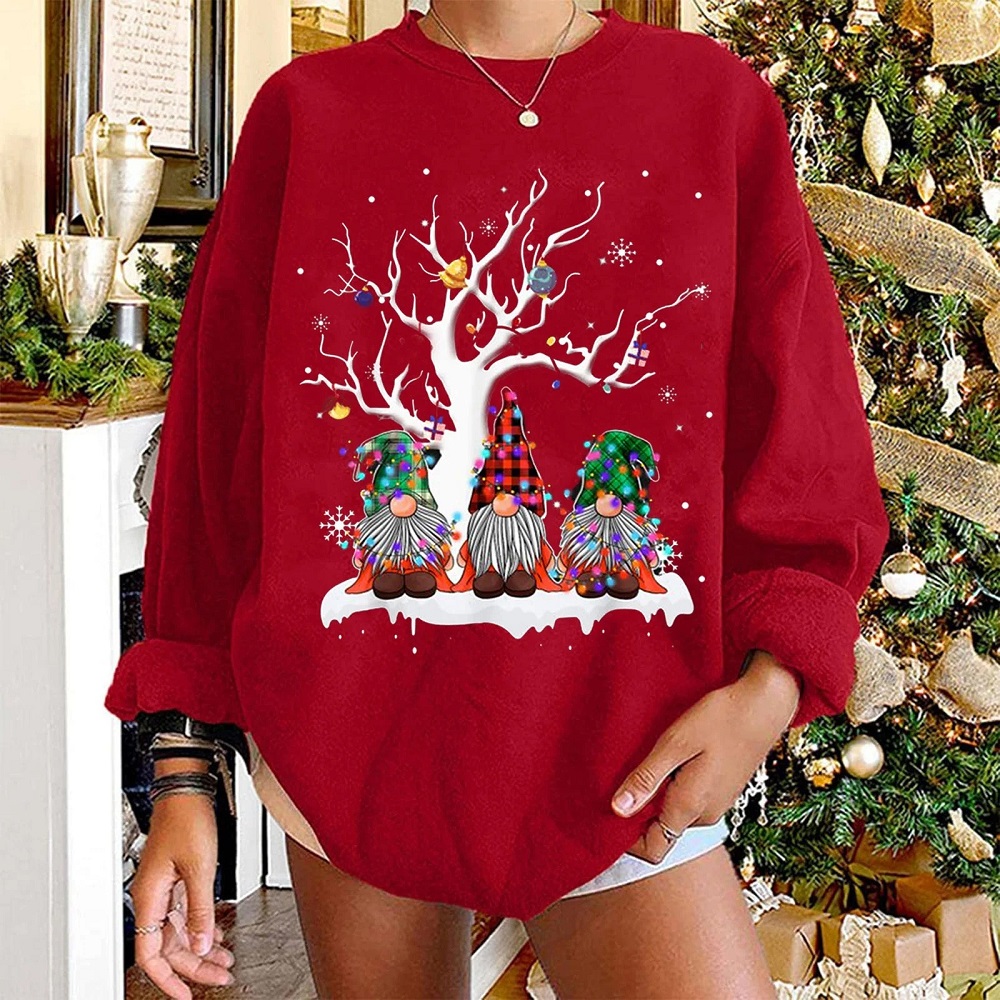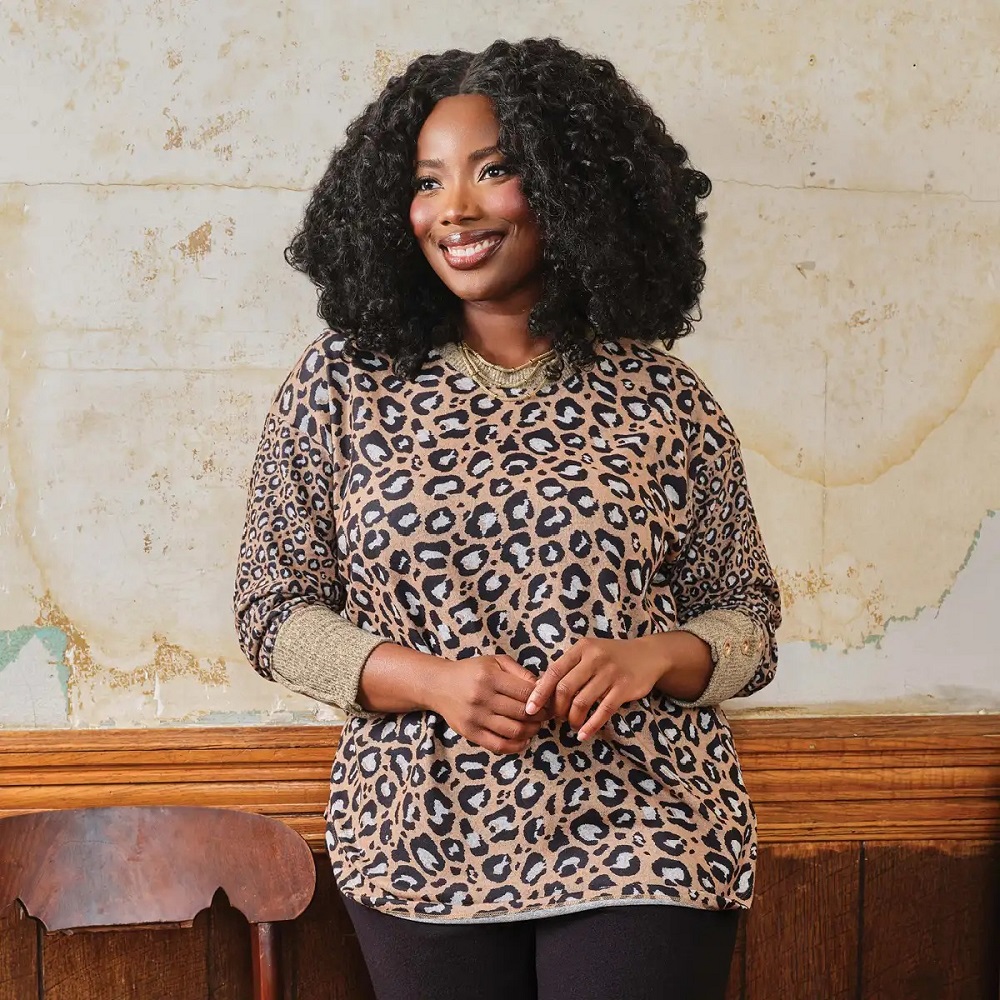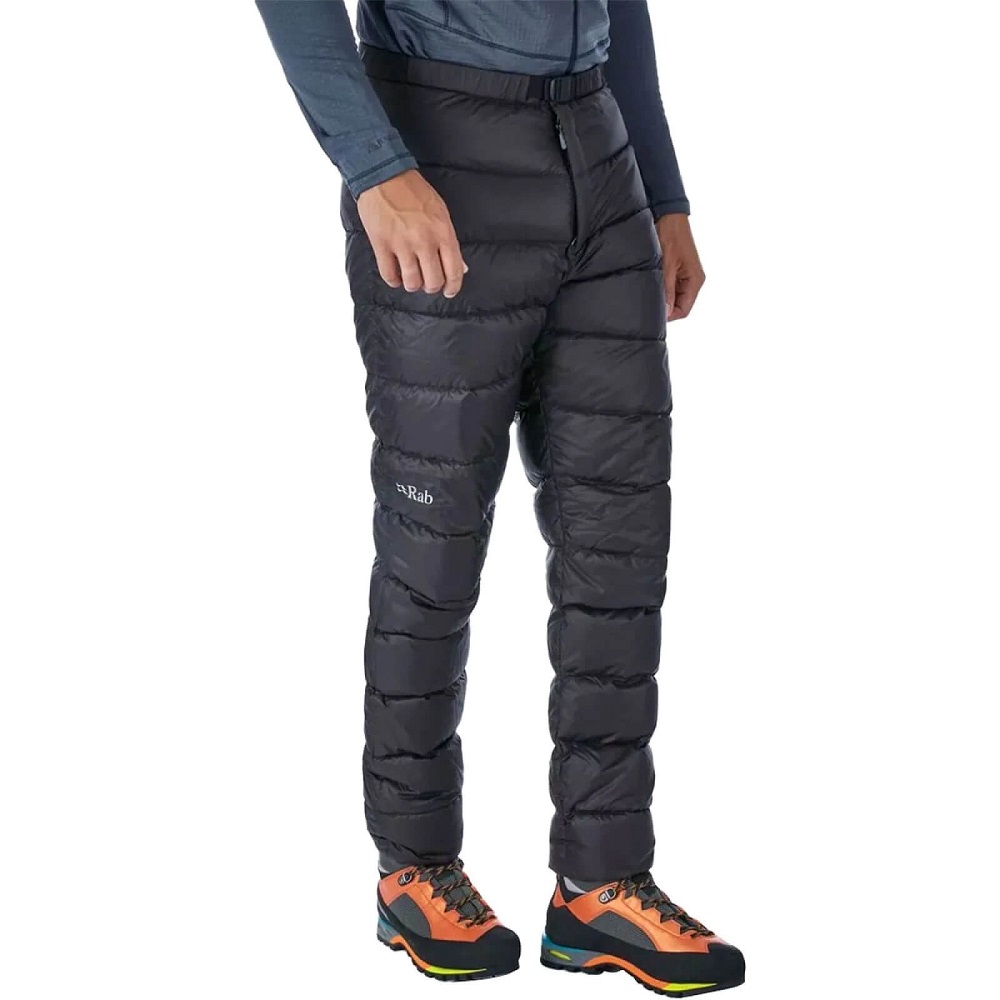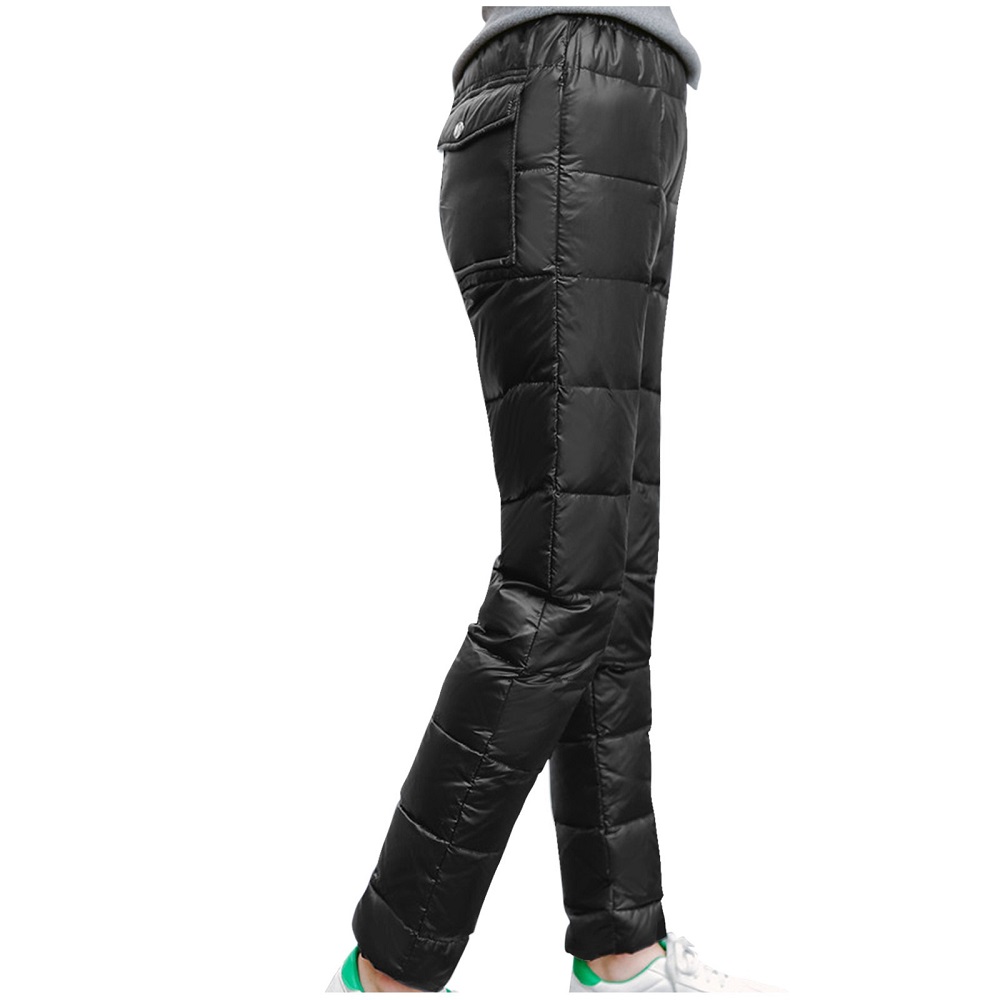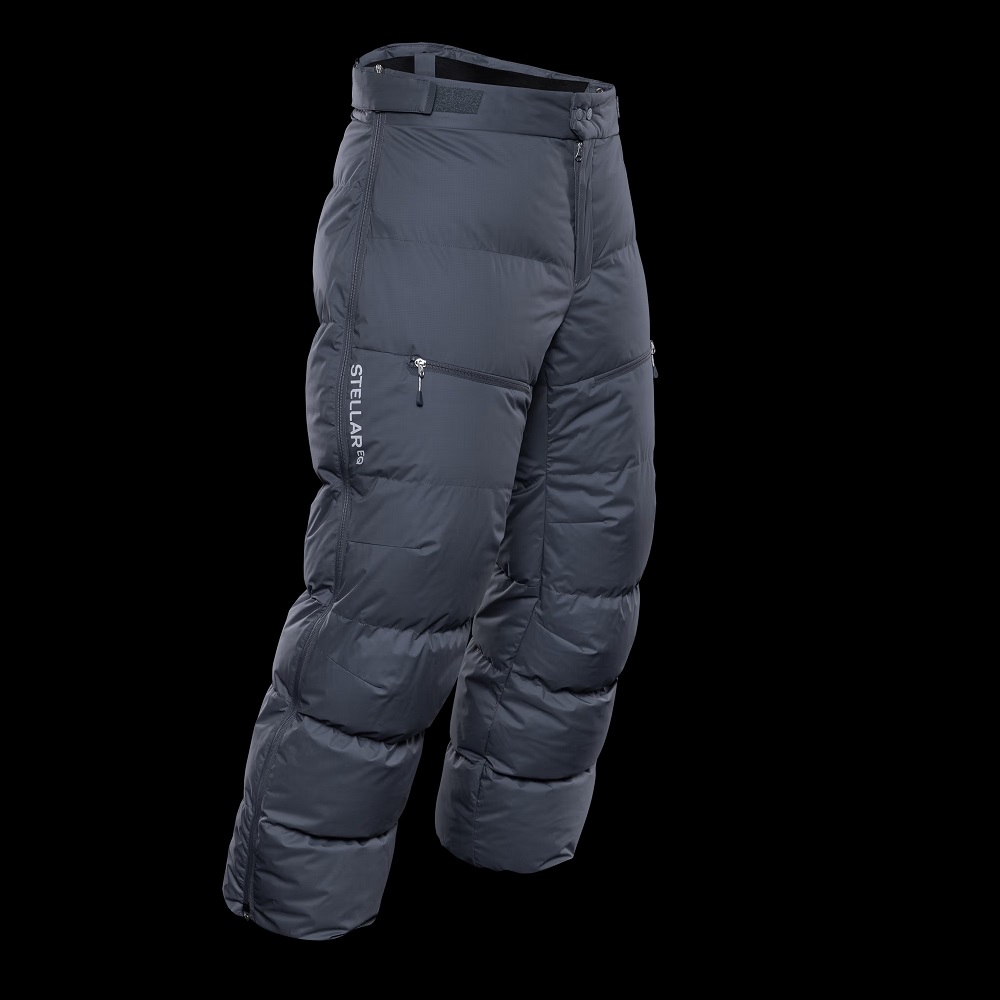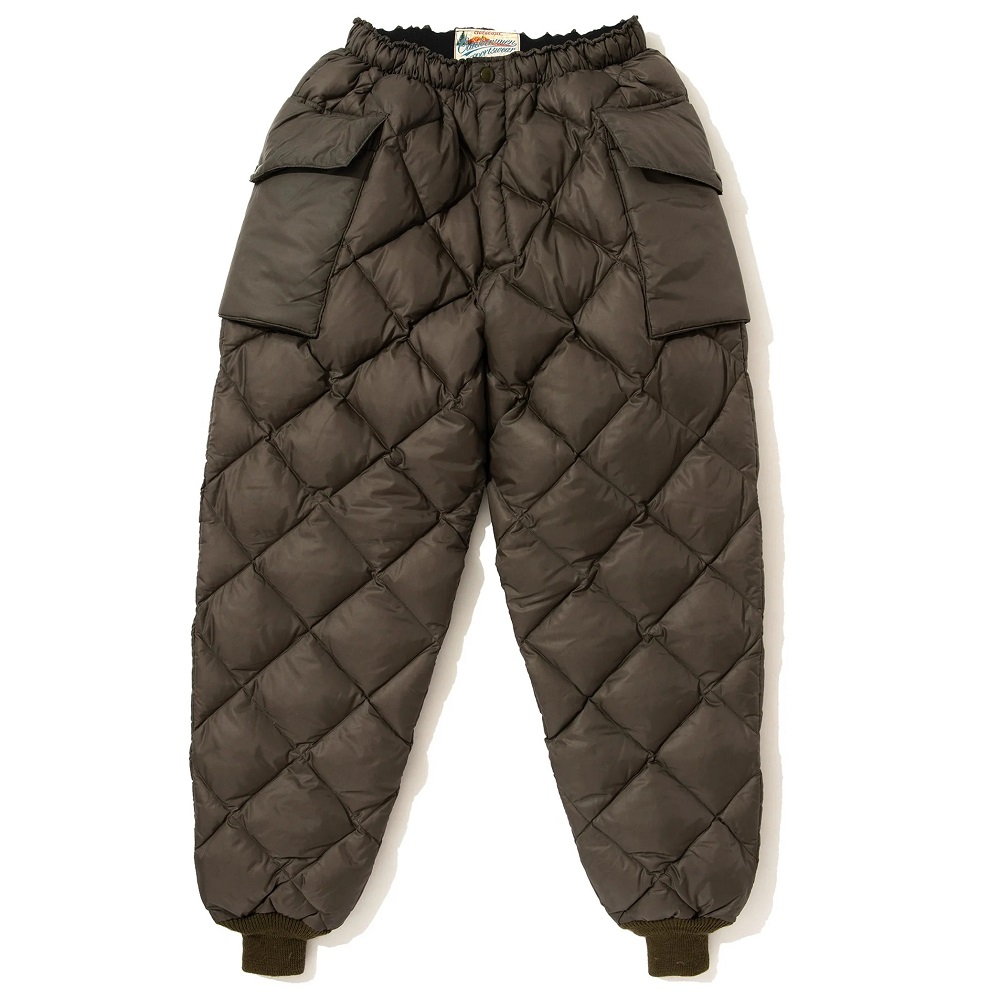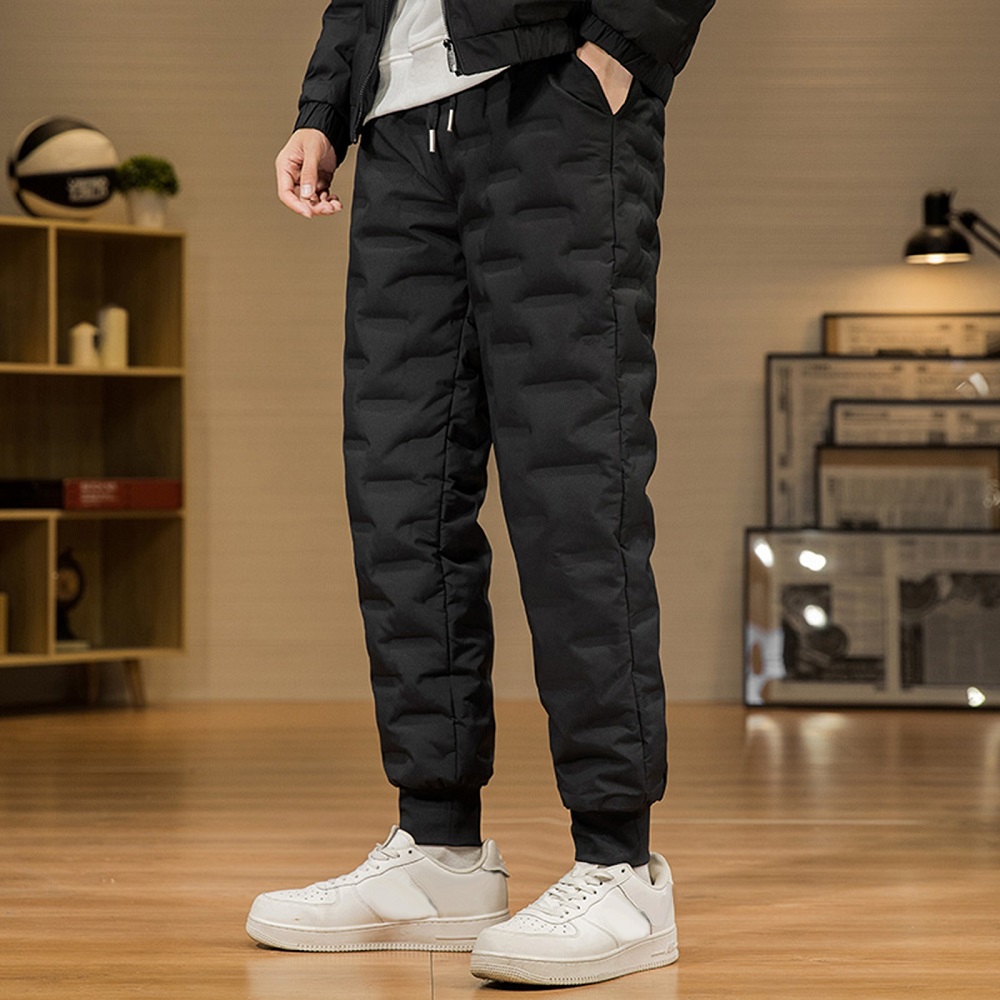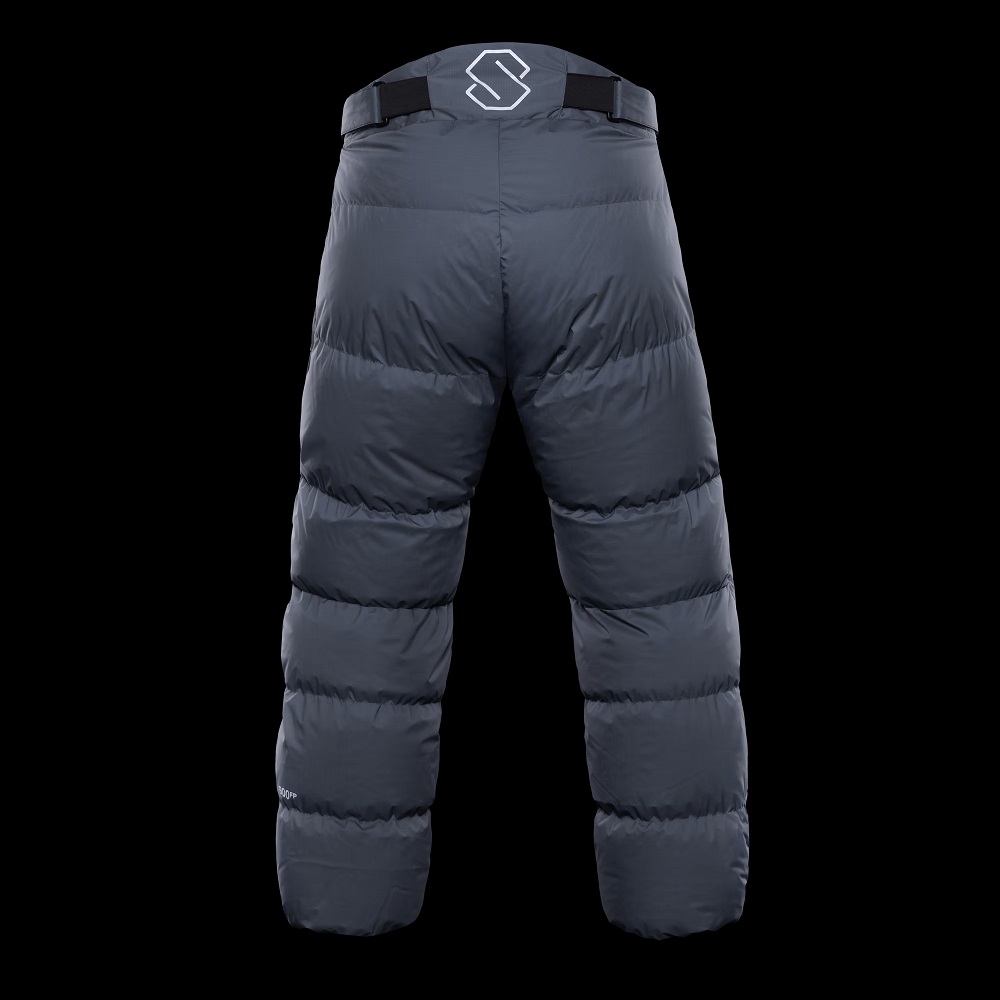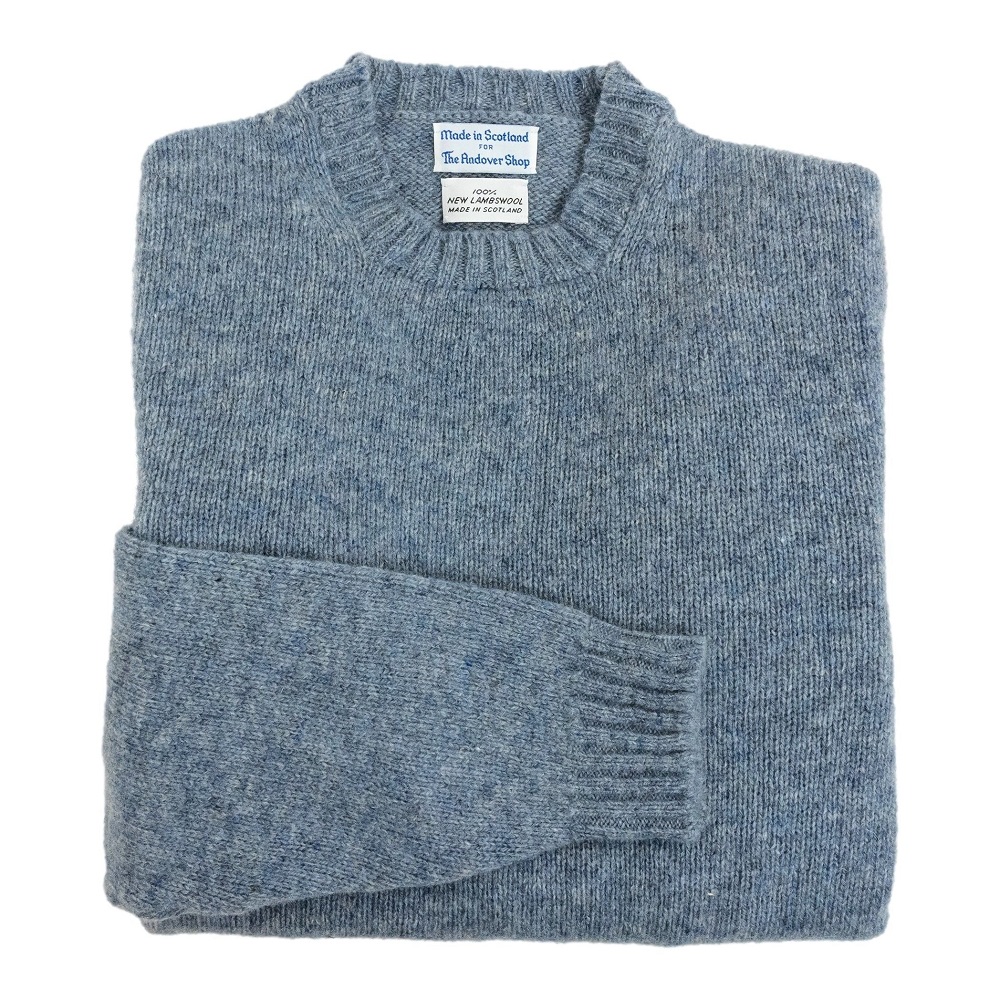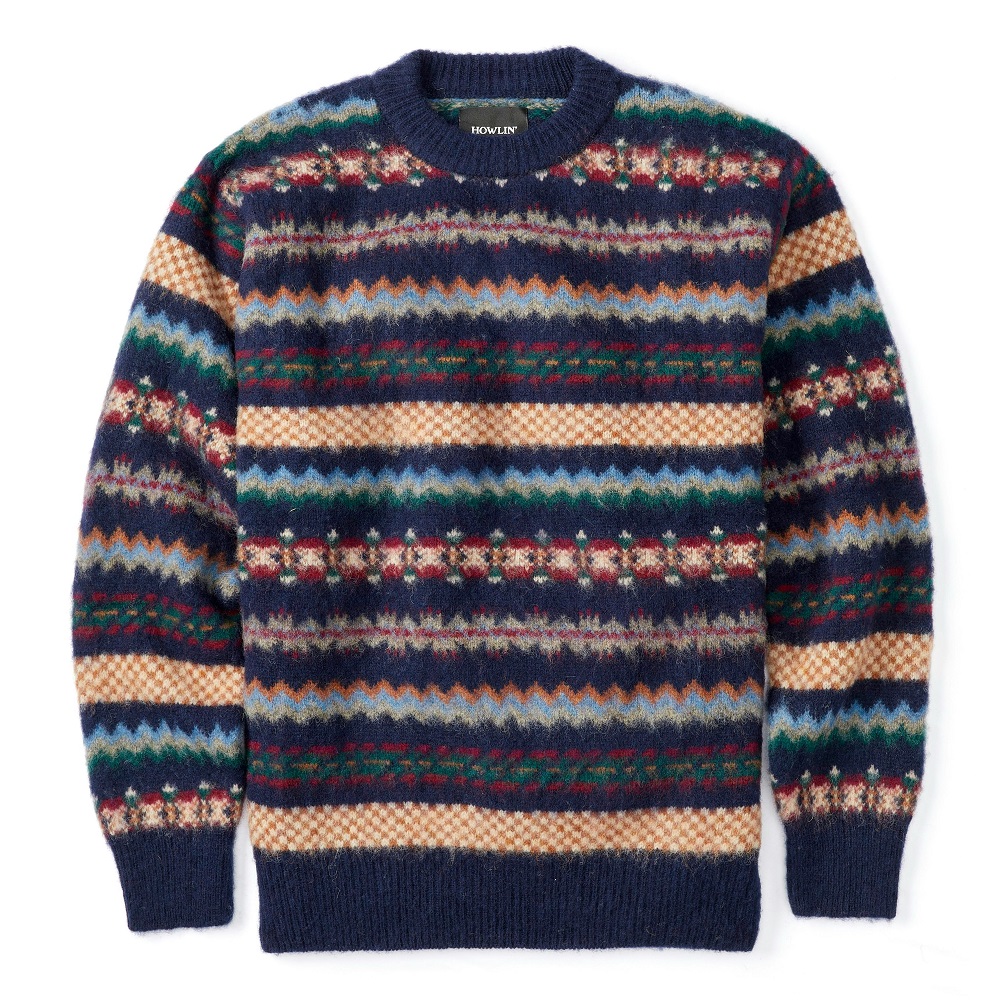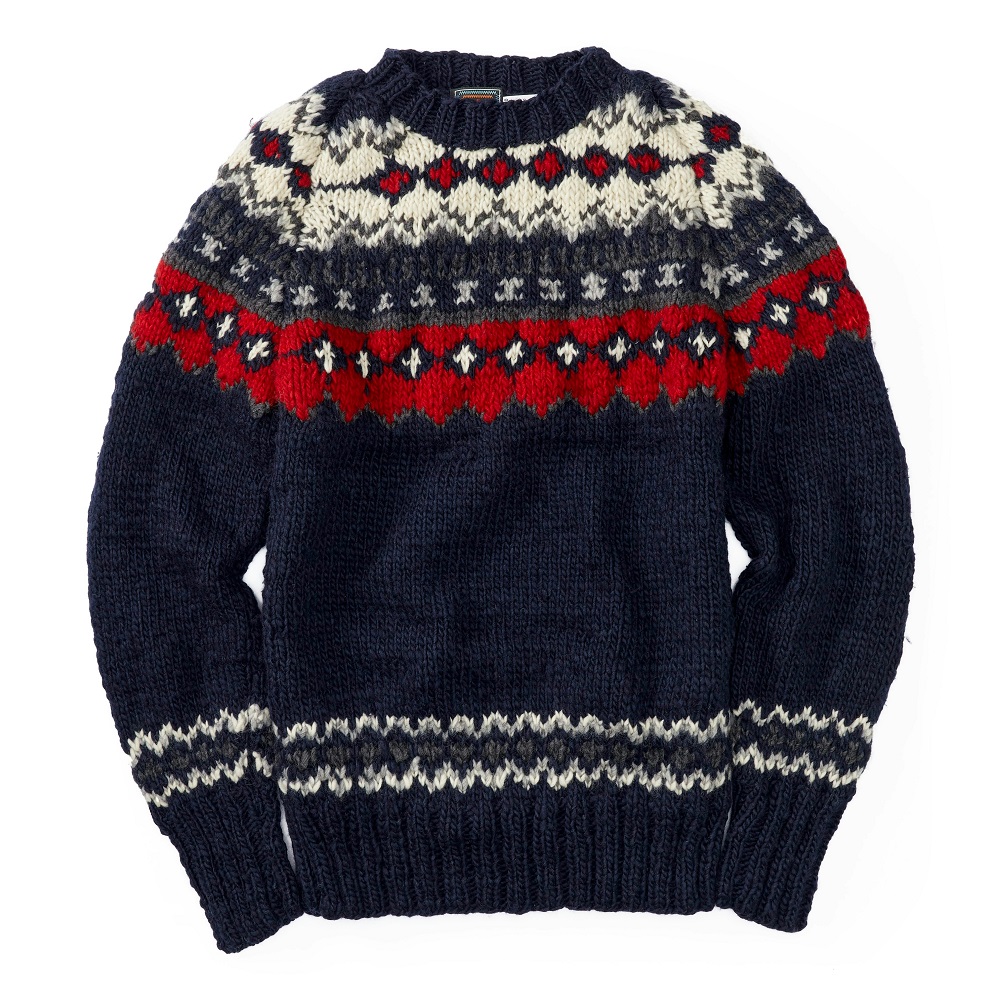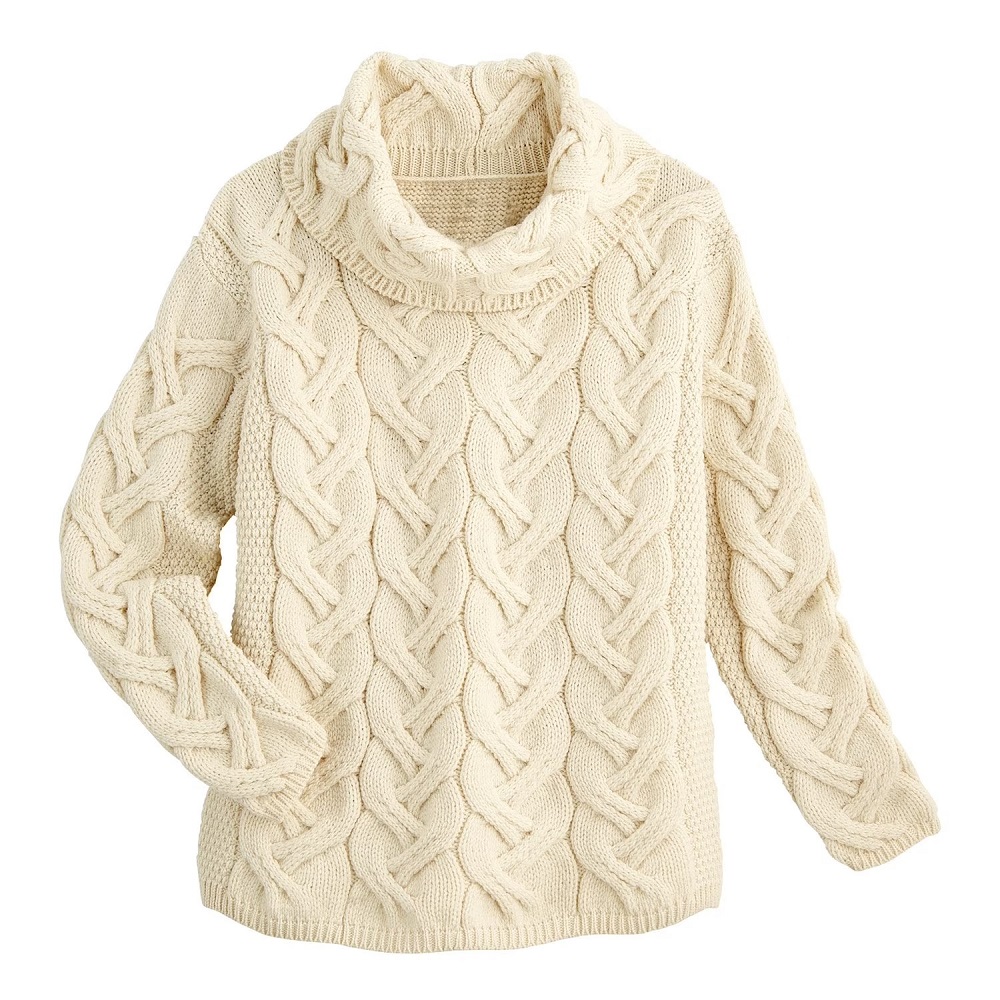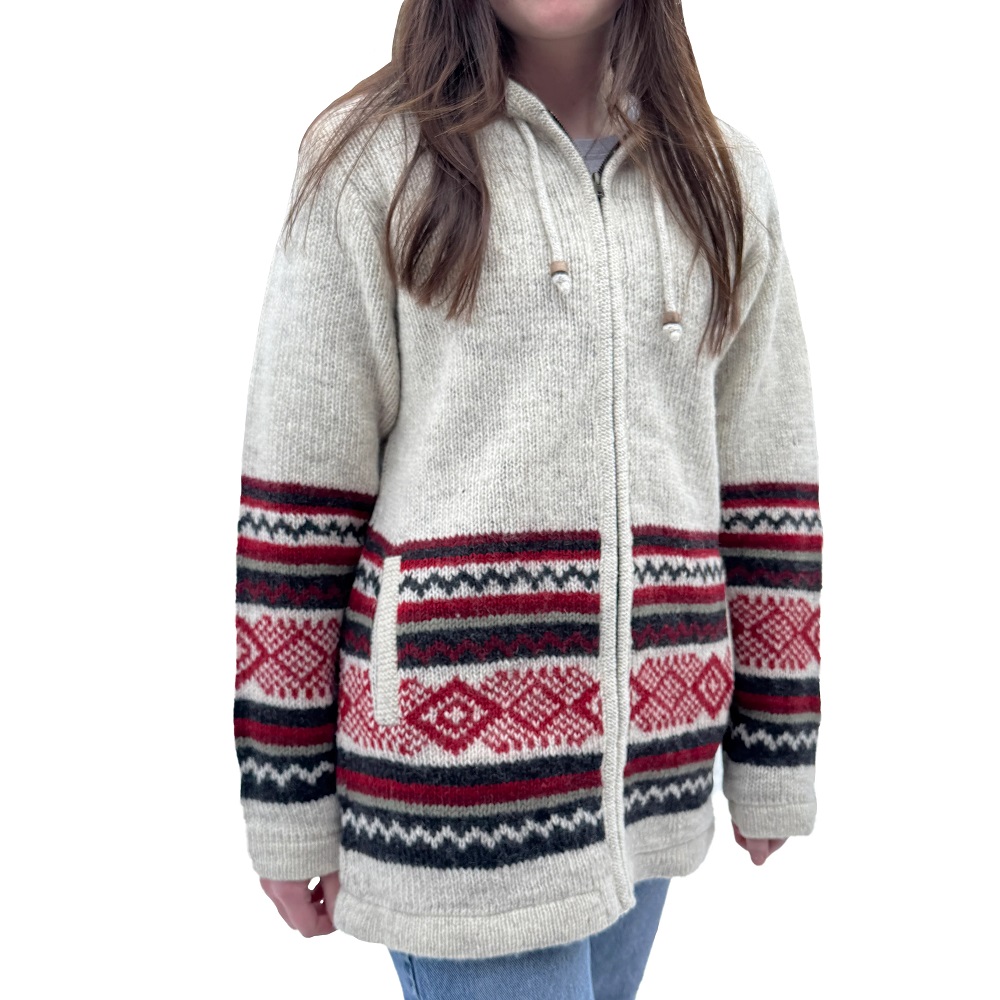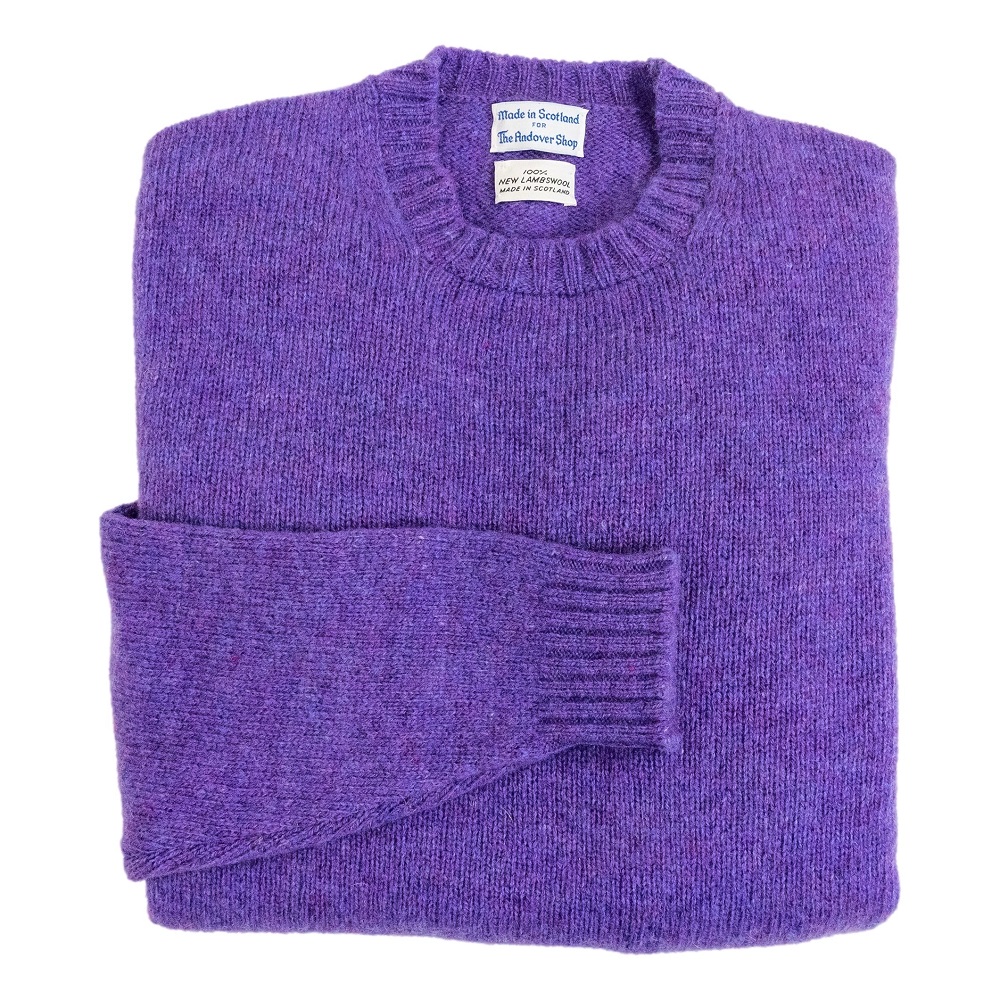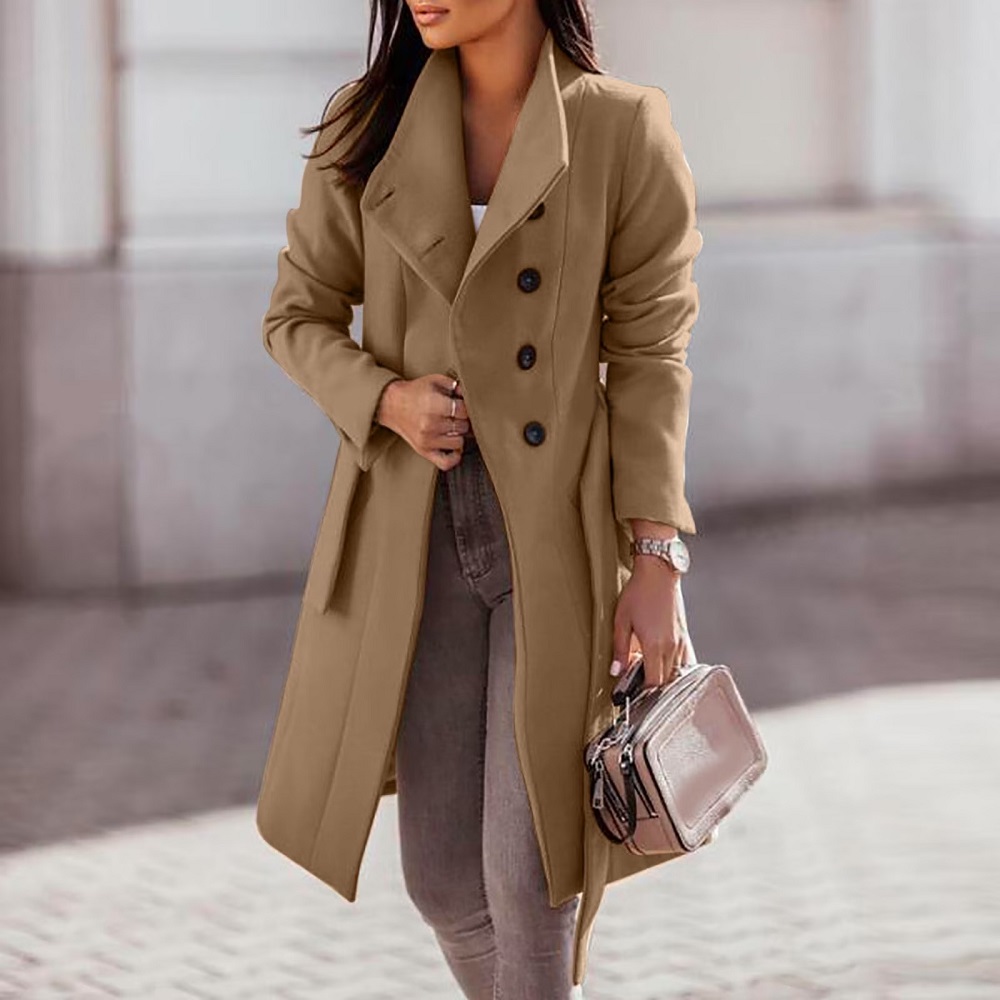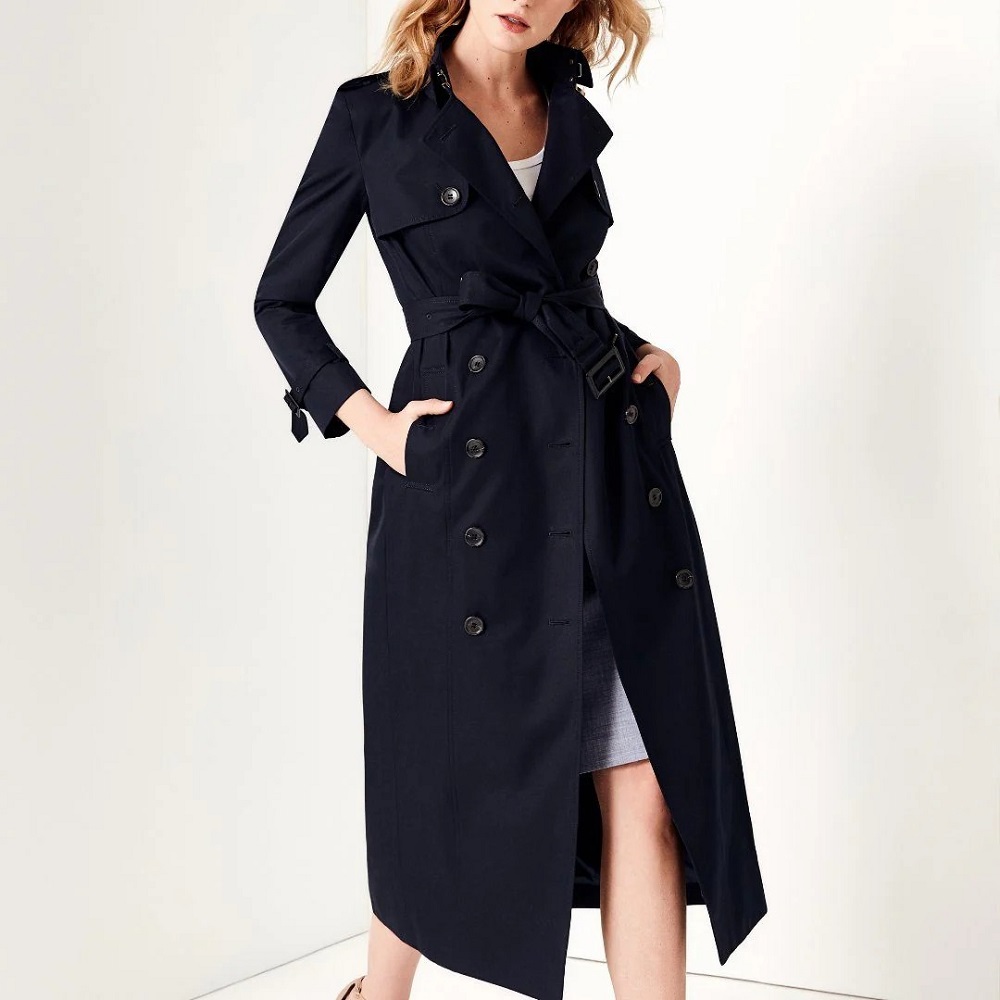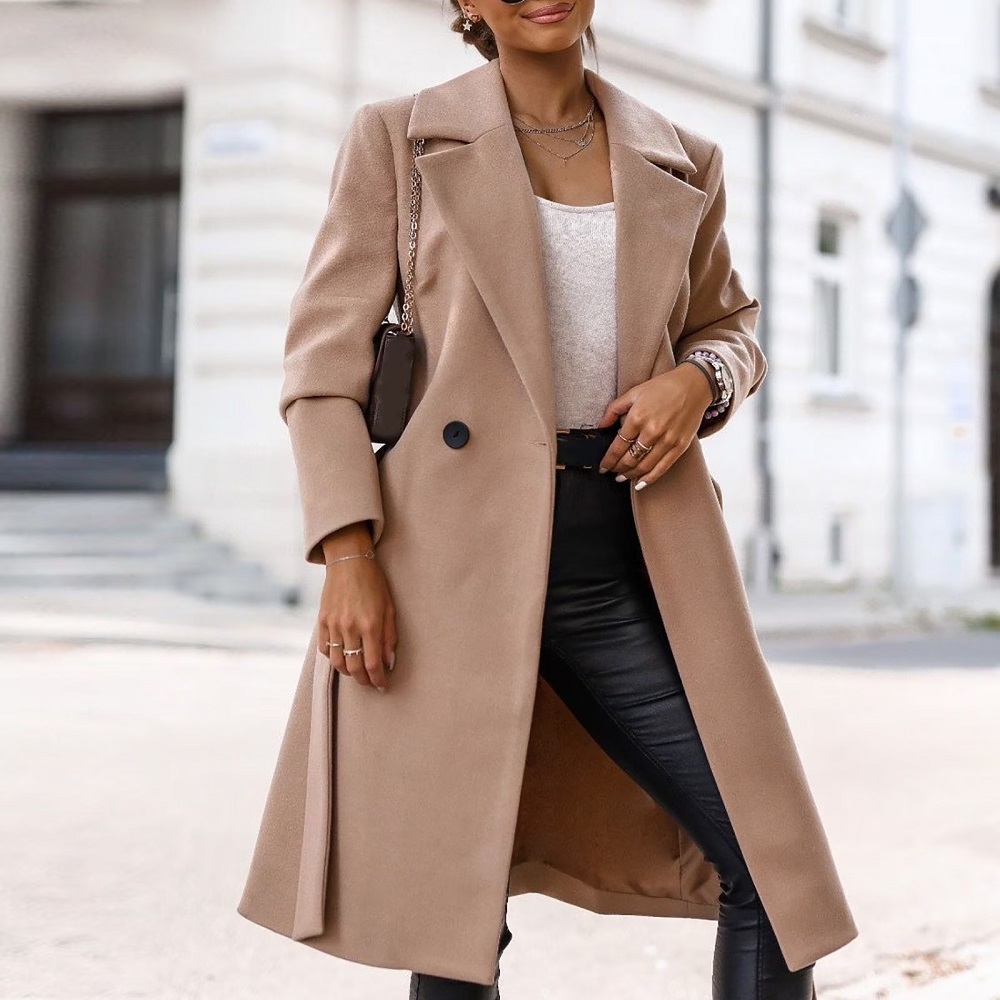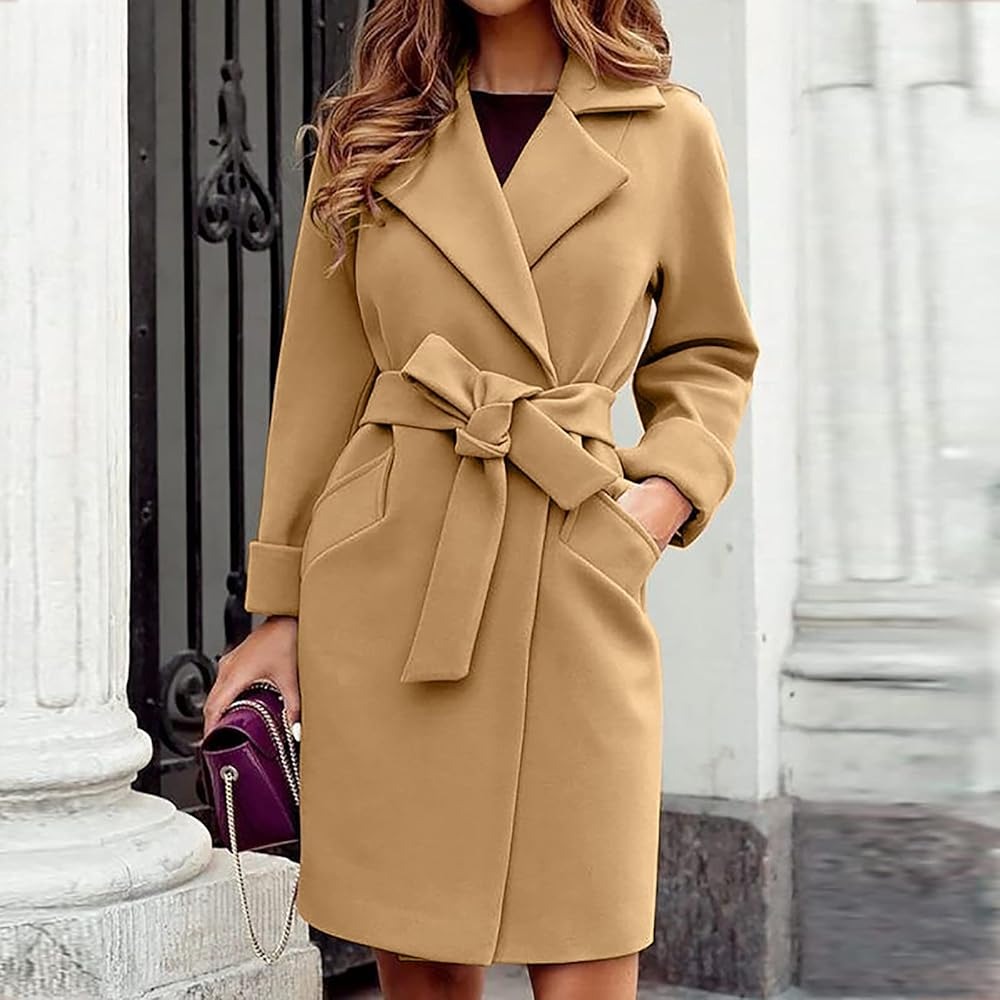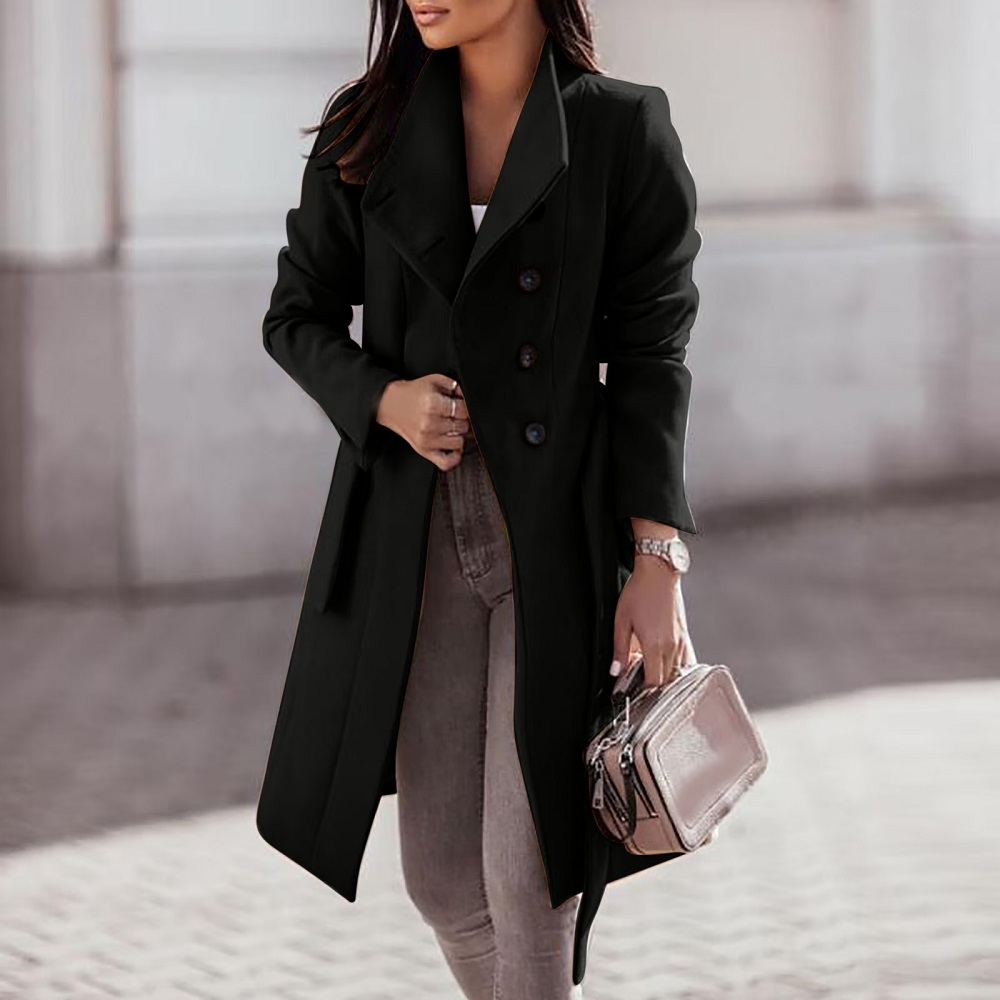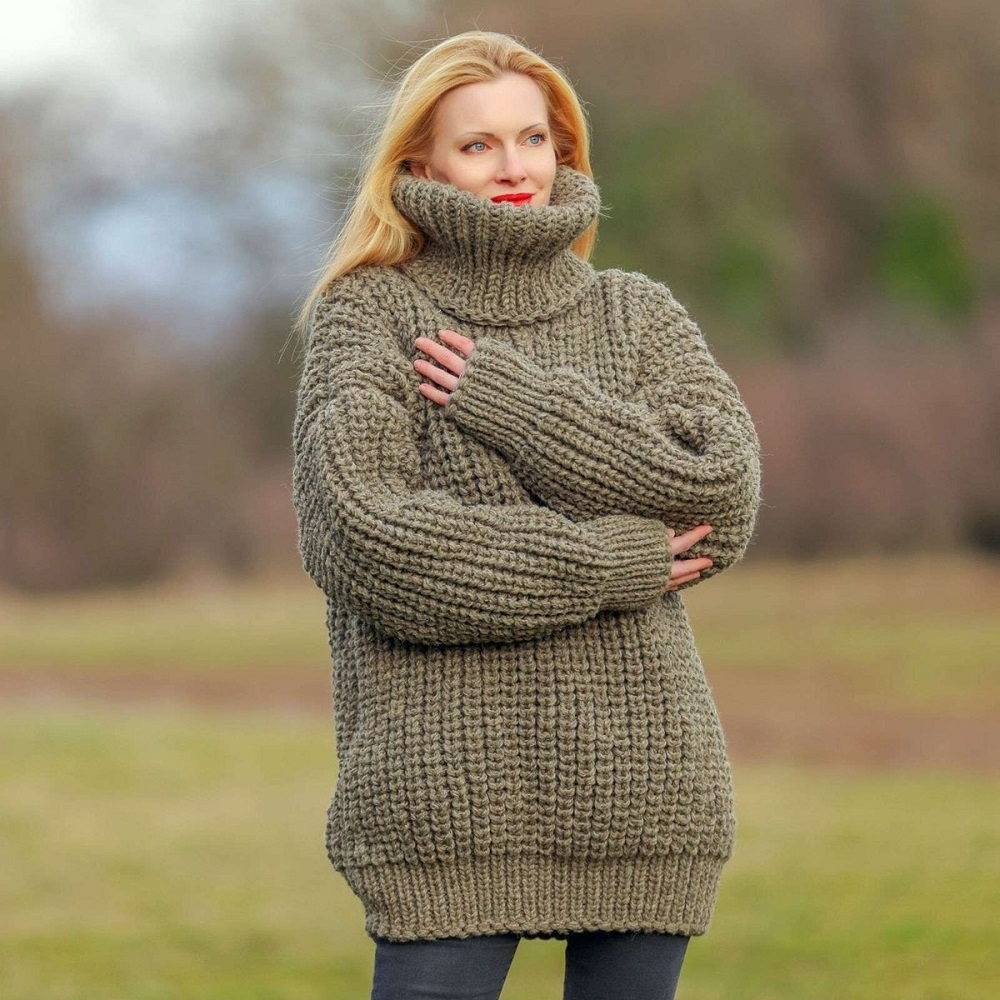
Types of Wool Used in Sweaters
Choosing the right type of wool is crucial for your sweater’s comfort and durability. Different types of wool offer unique qualities that cater to various needs and preferences.
Merino Wool
Merino wool is smooth and soft. It comes from Merino sheep. This wool has fine fibers, making it lightweight and non-itchy. Additionally, it regulates body temperature, keeping you warm in winter and cool in summer. Merino wool is perfect for those seeking comfort and versatility in their sweaters.
Cashmere
Cashmere comes from goat undercoats. It is luxurious, soft, and lightweight. Cashmere sweaters provide a plush feel and excellent warmth without bulk. Despite its high price, its unmatched softness and durability make it worth considering. Handle cashmere with care to maintain its premium look and feel.
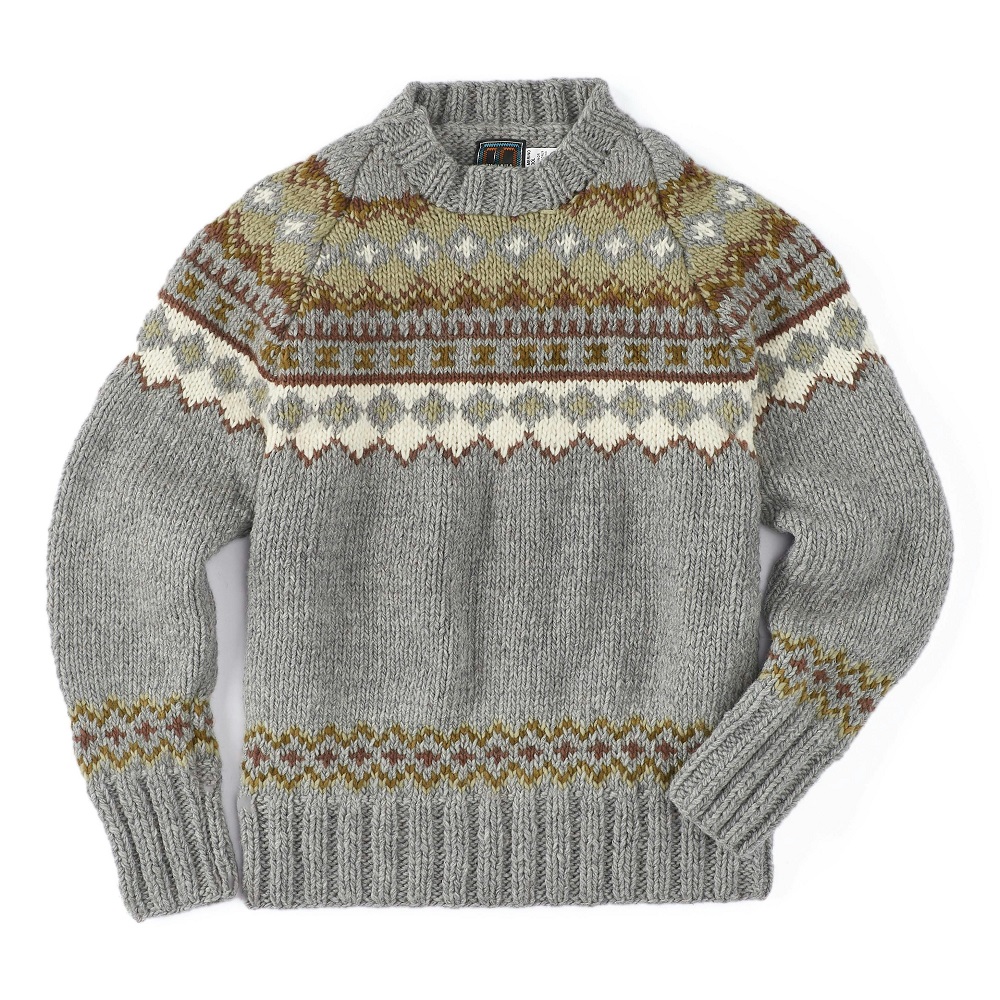
Alpaca
Alpaca wool is warm and silky. It is extracted from alpacas, mainly found in South America. This wool is less itchy and hypoallergenic as it lacks lanolin. Alpaca sweaters are perfect for colder climates because they are incredibly insulating. They also resist pilling, ensuring they look good longer.
Shetland Wool
Shetland wool is hardy and dense. It originates from Shetland sheep in Scotland. This wool is coarser than other types but highly durable. Shetland wool often features in traditional sweater designs. It is great for outdoor wear and is ideal for those seeking a rugged style.
Selecting the best wool for your sweaters depends on your preferences and needs. Each type offers something unique, from softness to durability.
Key Features of High-Quality Wool Sweater
High-quality wool sweaters offer distinct features that make them comfortable, durable, and versatile. These features ensure you get the most value from your investment.
Softness and Texture
Softness is a critical feature to consider when evaluating wool sweaters. High-quality wool sweaters feel soft against the skin without causing irritation. Fibers like merino wool and cashmere are renowned for their silky texture and luxurious feel. Merino wool is smooth and lightweight, delivering comfort throughout the day. Cashmere offers unmatched plushness, making it ideal for sensitive skin. Always touch the fabric and ensure it is gentle enough for your needs.
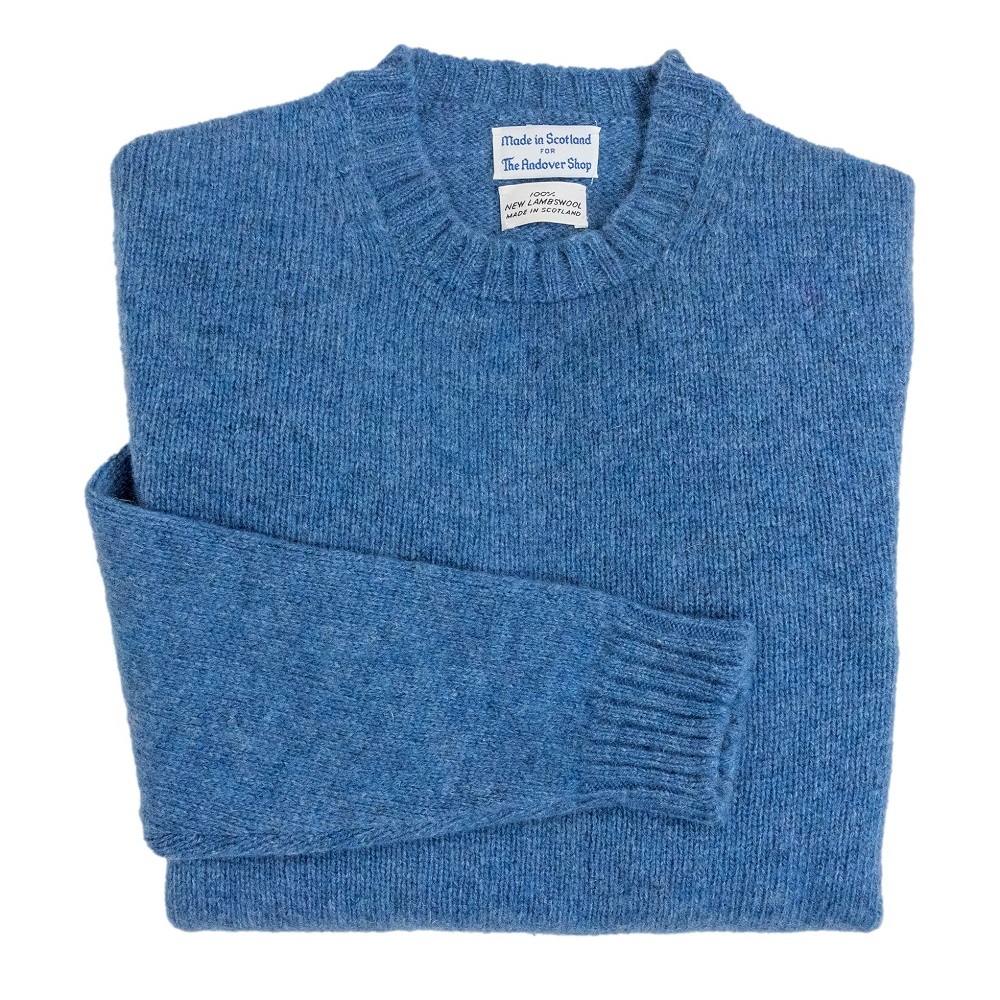
Durability of the Material
Durability ensures your wool sweater lasts long without quickly wearing out. Premium wool types like Shetland and alpaca are known for their strength and resilience. Shetland wool is dense and robust, making it ideal for active outdoor use. Alpaca wool resists pilling, giving sweaters a cleaner look over time. Quality construction combined with durable materials guarantees extended wear. Check for tightly-spun fibers and proper finishing to ensure lasting durability.
Natural Stretch
Wool sweaters with natural stretch provide both comfort and practicality. Wool fibers naturally have elasticity, allowing sweaters to retain their shape well. This feature is particularly evident in merino wool, which stretches and returns to its original form easily. This stretch improves mobility, making the sweater more versatile for various activities. Look for sweaters that fit snugly but stretch comfortably to match your movements.
These features highlight why investing in high-quality wool sweaters is worthwhile. Prioritize softness, durability, and natural stretch when making your selection.
How to Evaluate the Construction
Examining the construction of wool sweaters ensures you choose a durable and well-made garment. Good construction contributes to comfort, longevity, and style. Pay attention to stitching quality and seam placement.
Stitching Quality
High-quality stitching ensures your wool sweater lasts longer and resists damage. Check for neat, even stitches that do not unravel easily. Reinforced or double-stitching adds strength, especially in high-stress areas like shoulders. Loose threads or uneven stitches indicate poor craftsmanship. Focus on strong, tidy stitching to ensure quality.

Seam Placement and Reinforcements
Seam placement affects comfort and durability in wool sweaters. Well-positioned seams prevent irritation during wear. Inspect seams for solid reinforcements that reduce wear and stress damage. Avoid sweaters with poorly finished or puckered seams. Properly reinforced seams enhance strength and overall construction quality by providing added support.
Evaluating stitching and seams helps find sweaters that stand the test of time. Look for careful design and strong construction to ensure satisfaction.
Factors to Consider When Buying a Wool Sweater
Selecting the perfect wool sweater involves careful consideration of several key factors. These elements ensure comfort, practicality, and style for various needs and occasions.
Fit and Comfort
Fit is crucial for both style and ease of movement. A well-fitted sweater enhances your appearance. Ensure it is neither too tight nor too loose. Try on the sweater to check how it feels against your skin. Wool sweaters should drape naturally, fitting snugly without restricting movement. Prioritize comfort, especially if you plan to wear it for long hours. Choose softer wool types like merino or cashmere for sensitive skin.
Sweater Weight and Thickness
The weight and thickness of your sweater depend on where and how you’ll wear it. Lightweight options like merino wool are ideal for layering or mild climates. Thicker options, such as alpaca or Shetland wool, are better for extreme cold. Always match the weight of the sweater with your intended use. Thinner sweaters work well for formal occasions, while thicker ones suit outdoor activities.
Versatility in Style
Invest in versatile styles that complement different outfits and occasions. Neutral colors like black, gray, or navy pair easily with other clothing. Consider classic designs, such as crew necks or cardigans, for a timeless look. Patterned or colorful sweaters can add personality but may limit pairing options. Choose styles that align with your wardrobe and lifestyle to maximize wearability.
By focusing on fit, comfort, weight, and style, you can find the perfect wool sweater. These factors help you make a practical and stylish choice that lasts for years.

Caring for Wool Sweater
Proper care for wool sweaters ensures they stay soft, warm, and last longer. Learn care tips below.
Washing and Maintenance Tips
- Hand Wash or Gentle Cycle: Wash wool sweaters by hand or on a gentle machine cycle. Use cold water to avoid shrinking.
- Use Wool-Safe Detergents: Choose detergents specifically designed for wool. Avoid harsh chemicals or bleach.
- Avoid Wringing: Gently press excess water out. Do not twist or wring the sweater.
- Flat Drying: Lay sweaters flat on a towel to dry. Hanging can cause stretching and deformity.
- Remove Pills: Use a fabric shaver or comb to remove pilling. Regular maintenance keeps the sweater looking new.
Proper Storage Methods
- Fold Instead of Hanging: Fold wool sweaters to maintain shape. Hanging can stretch and damage fibers.
- Store in Dry Places: Keep them away from damp areas to avoid mildew and odors.
- Use Cedar or Lavender: Protect against moths with natural repellents like cedar blocks or lavender sachets.
- Clean Before Storing: Wash sweaters before seasonal storage to prevent stains and pests.
- Avoid Vacuum Bags: Compression can damage the natural fibers. Use breathable cotton storage bags instead.
Proper washing and storage methods preserve your wool sweaters’ beauty and longevity.
Common Mistakes to Avoid When Buying Wool Sweater
Choosing the right wool sweater avoids disappointment and ensures a long-lasting, comfortable garment. In this section, we will discuss common errors people make when buying wool sweaters and how to avoid them.
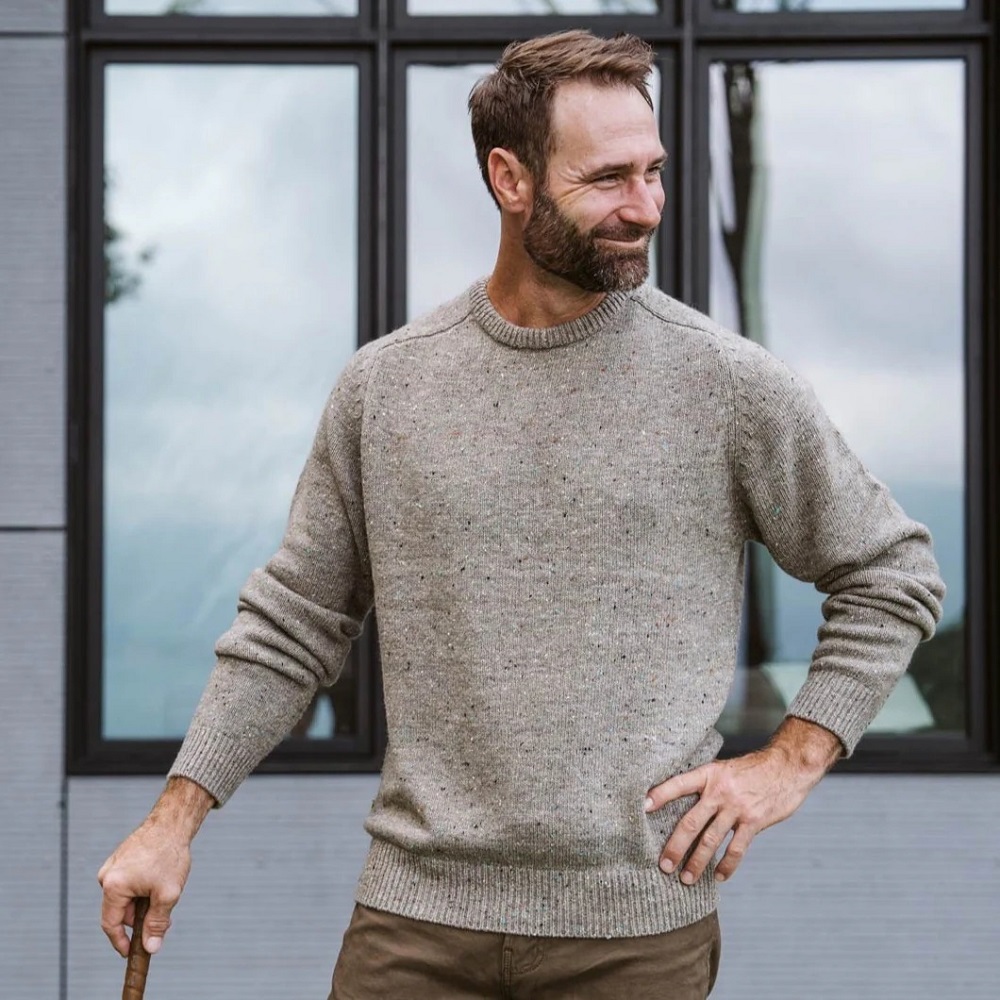
Overlooking Labels and Material Composition
Labels provide vital information about the sweater’s material. Many neglect to check them carefully.
- Misinterpreting Labels: Look for wool blends or synthetic fibers added to reduce cost. These can reduce quality.
- Ignoring Percentage of Wool Content: Ensure at least 80% wool for maximum warmth and durability.
- Not Checking Specific Wool Types: Different wools, such as merino or cashmere, offer unique qualities. Know what you are purchasing.
- Skipping Care Instructions: Wool sweaters with specific care needs may not suit maintenance preferences. Check labels thoroughly.
The label gives insights into sweater quality, care, and material mix. Avoiding it leads to regret.
Purchasing Without Considering Climate
Sweaters should match the climate where they will be worn. Overlooking this affects satisfaction.
- Too Warm for Mild Weather: Opt for lightweight options like merino wool for layering in mild climates.
- Insufficient Insulation for Cold Conditions: Choose thicker wool types like alpaca or Shetland wool for colder climates.
- Not Accounting for Humid Areas: In damp environments, ensure your sweater resists moisture and remains breathable.
Select a sweater that suits the local weather. Proper choice ensures comfort and usability.
Avoid these mistakes when buying wool sweaters. Paying attention to labels and climate ensures a better purchase.
Benefits of Investing in Quality Wool Sweater
Investing in quality wool sweaters provides numerous benefits. These sweaters combine comfort, durability, and style. Let’s explore why they are a worthwhile addition to your wardrobe.
Warmth and Insulation
High-quality wool sweaters offer exceptional warmth. Wool fibers trap heat, keeping you comfortable in cold weather. Materials like alpaca and cashmere excel in insulating while remaining lightweight. Merino wool regulates body temperature, making it versatile for different climates. These sweaters also wick moisture, keeping you dry in humid conditions. Their natural insulation makes them perfect for staying cozy during winter months.
Longevity and Sustainability
Quality wool sweaters are durable, ensuring long-term use. Strong fibers like Shetland and alpaca withstand wear and resist pilling. Investing in sustainable wool reduces waste compared to fast-fashion synthetics. Wool is biodegradable, decomposing naturally without harming the environment. High-quality construction prolongs the lifespan, reducing the need for frequent replacements. Choosing these sweaters is an eco-friendly and cost-effective decision.
By choosing quality wool sweaters, you gain superior warmth and eco-conscious durability. They are a practical and stylish investment for any wardrobe.
Styling Options for Wool Sweater
Casual Looks
Wool sweaters effortlessly transition into casual outfits, providing both warmth and style. Pair a lightweight Merino wool sweater with jeans or chinos for a relaxed daytime look. This combination is perfect for social gatherings or outings with friends. Add a pair of comfortable sneakers or ankle boots to complete the casual yet stylish vibe.
Another way to maintain comfort while looking chic is to layer the wool sweater over a buttoned shirt. This style adds texture and depth to the outfit while maintaining a polished appearance. Accessorizing with a stylish watch or a simple necklace enhances the overall look, elevating your outfit without requiring much effort.
Smart-Casual and Work Attire
Wool sweaters can also transition into smart-casual and work attire with ease. For business or professional settings, consider wearing a fitted lambswool or cashmere sweater over a collared shirt. Complementing this with tailored trousers provides a refined look suitable for the office. Choosing neutral colors for the sweater creates a classic aesthetic while allowing you to showcase personal style through the choice of shirt or accessories.
Blazers or tailored jackets can also be layered over wool sweaters for added sophistication. This combination blends comfort with professionalism, allowing you to navigate different environments effectively. The versatility of wool sweaters makes them an excellent investment for those who seek style and practicality.
Caring for Your Wool Sweaters
Proper Washing Techniques
Ensuring the longevity of your wool sweaters requires proper washing techniques. While machine washing may be convenient, hand washing is often the gentlest method for maintaining the integrity of wool fibers. Use cold water and a mild detergent designed specifically for wool to carefully cleanse your garment without causing damage.
If you choose to machine wash, opt for a gentle cycle with a laundry bag to protect the fibers. After washing, avoid wringing or twisting the sweater, as this can distort its shape. Instead, gently squeeze out excess water and lay it flat to dry, allowing it to maintain its original form.
Seasonal Storage Tips
As seasons change and you transition between garments, proper storage is critical for preserving the quality of your wool sweaters. Make sure each sweater is clean before packing it away, as stains can become permanent over time. Store them folded in a cool, dry place, away from direct sunlight to prevent fading.
Using breathable garment bags can help protect your sweaters from dust and moisture. Additionally, placing cedar blocks or lavender sachets in your storage area can deter moths and pests. By following these storage tips, you can ensure that your wool sweaters remain in excellent condition while waiting for the next season of wear.
Conclusion
Wool sweaters offer an exceptional combination of comfort, style, and versatility. By understanding the different types of wool, selecting quality materials, and adopting proper care techniques, you can enjoy the benefits of these timeless garments for years to come.
Embrace the opportunities to style your wool sweaters in various ways, ensuring that you look and feel your best in every situation. Whether dressing casually, heading to work, or enjoying a night out, a wool sweater is a reliable choice for any occasion.
Finally, engaging with the community of fashion enthusiasts allows for shared experiences and insights into styling and caring for wool sweaters. By connecting with others, you can continue to explore fashion’s evolving landscape while celebrating the enduring appeal of wool. With the right approach, your wool sweater can become an essential and beloved piece in your wardrobe that reflects your personal style while keeping you warm and comfortable.

